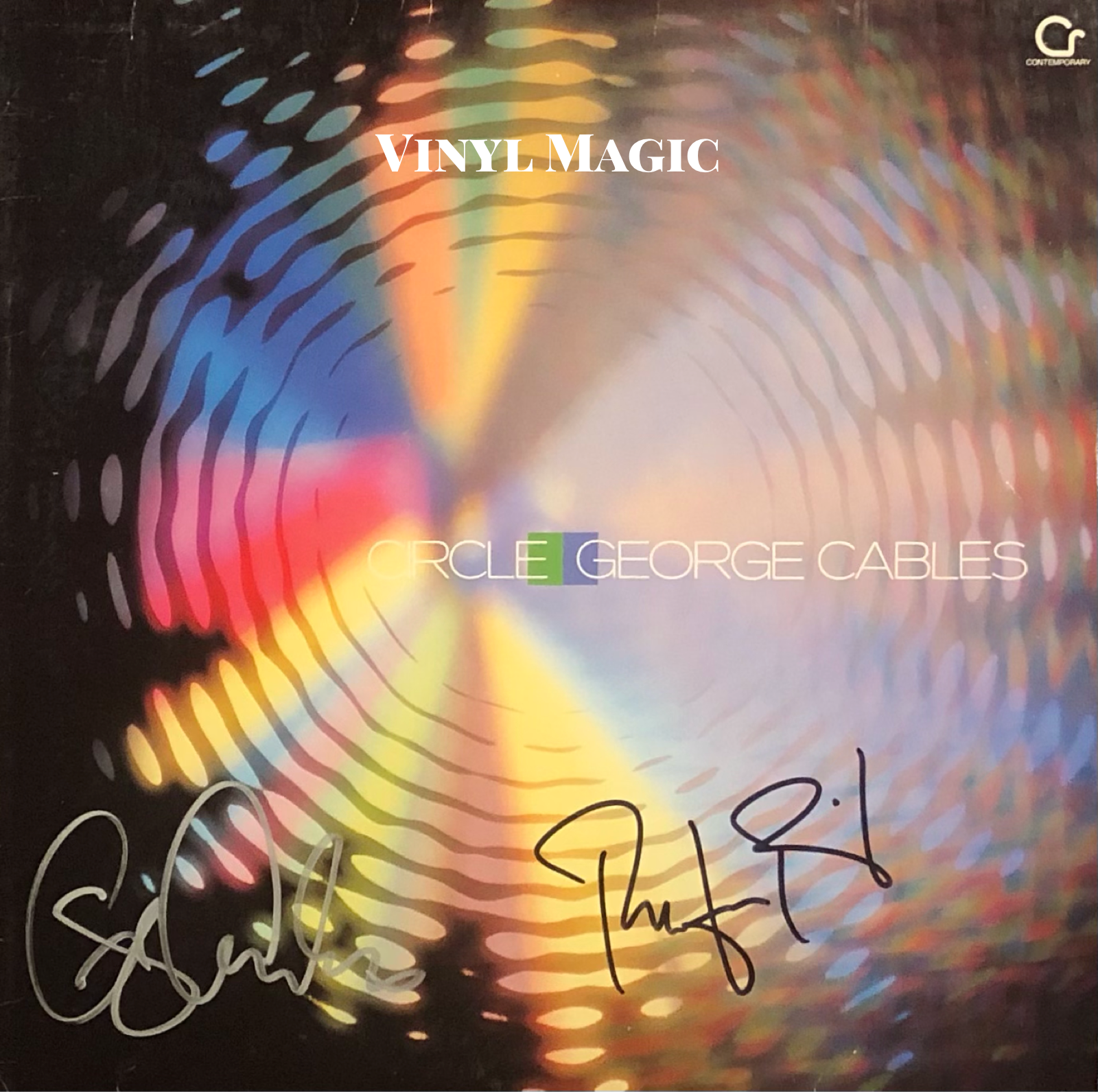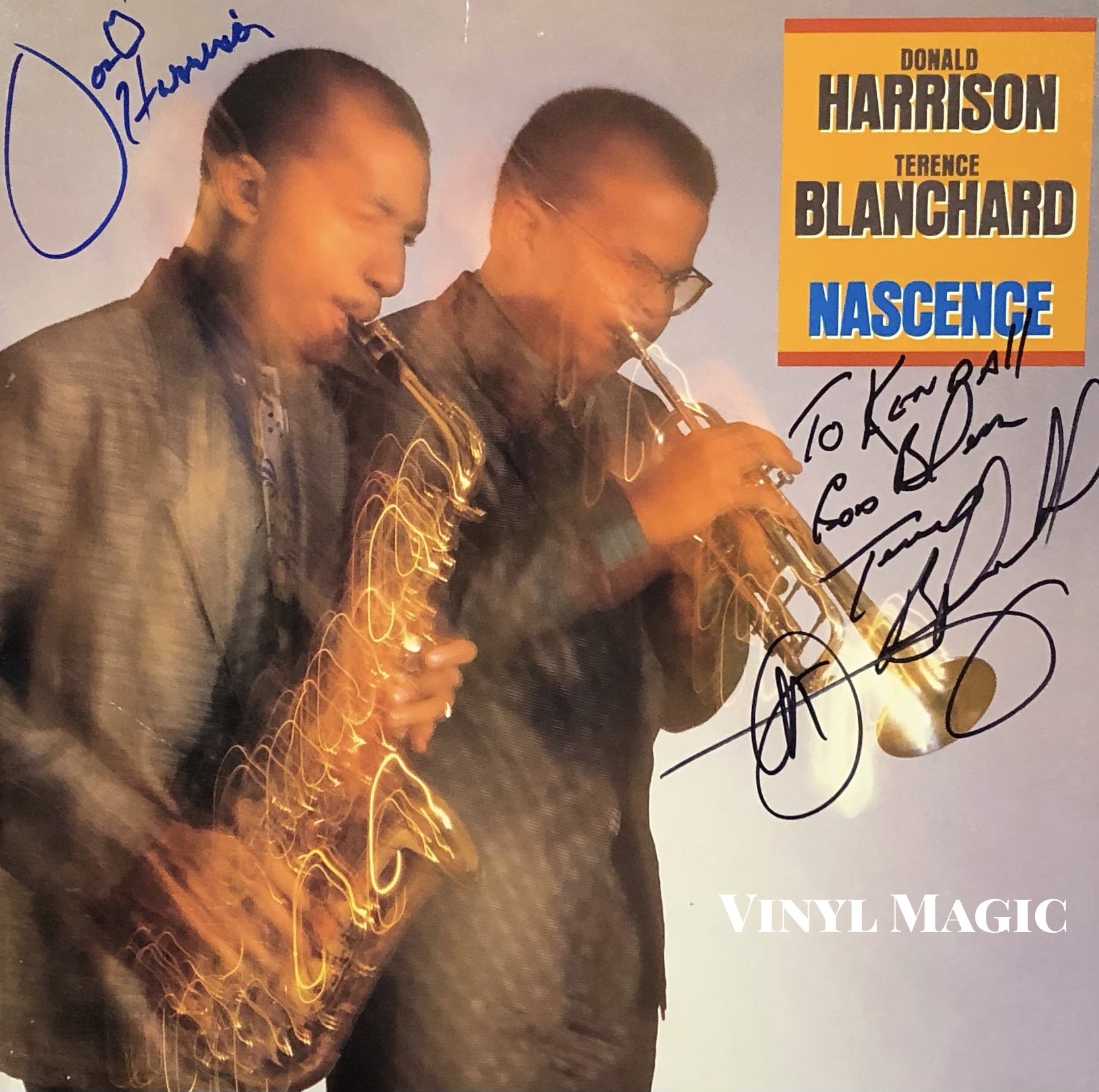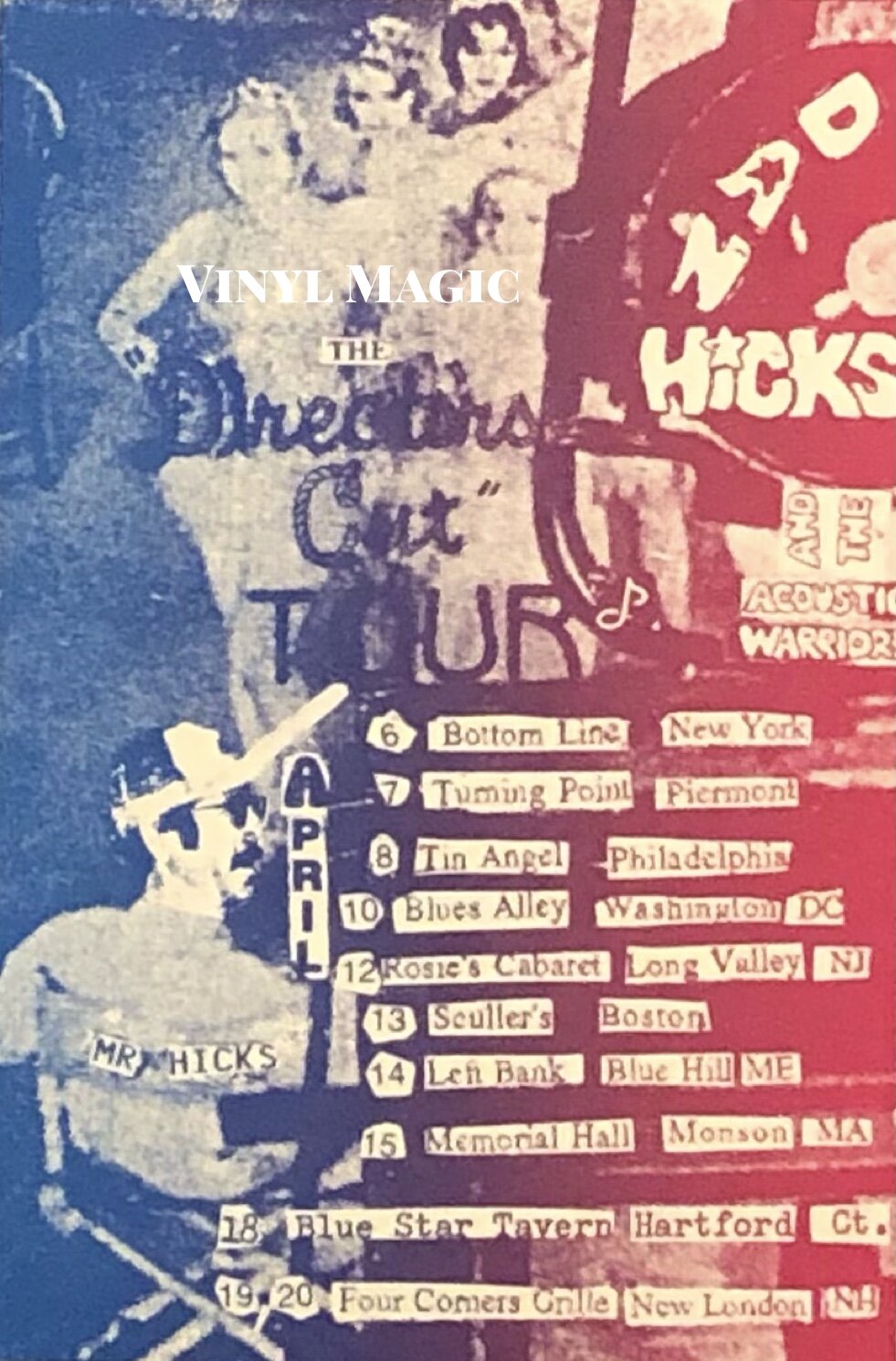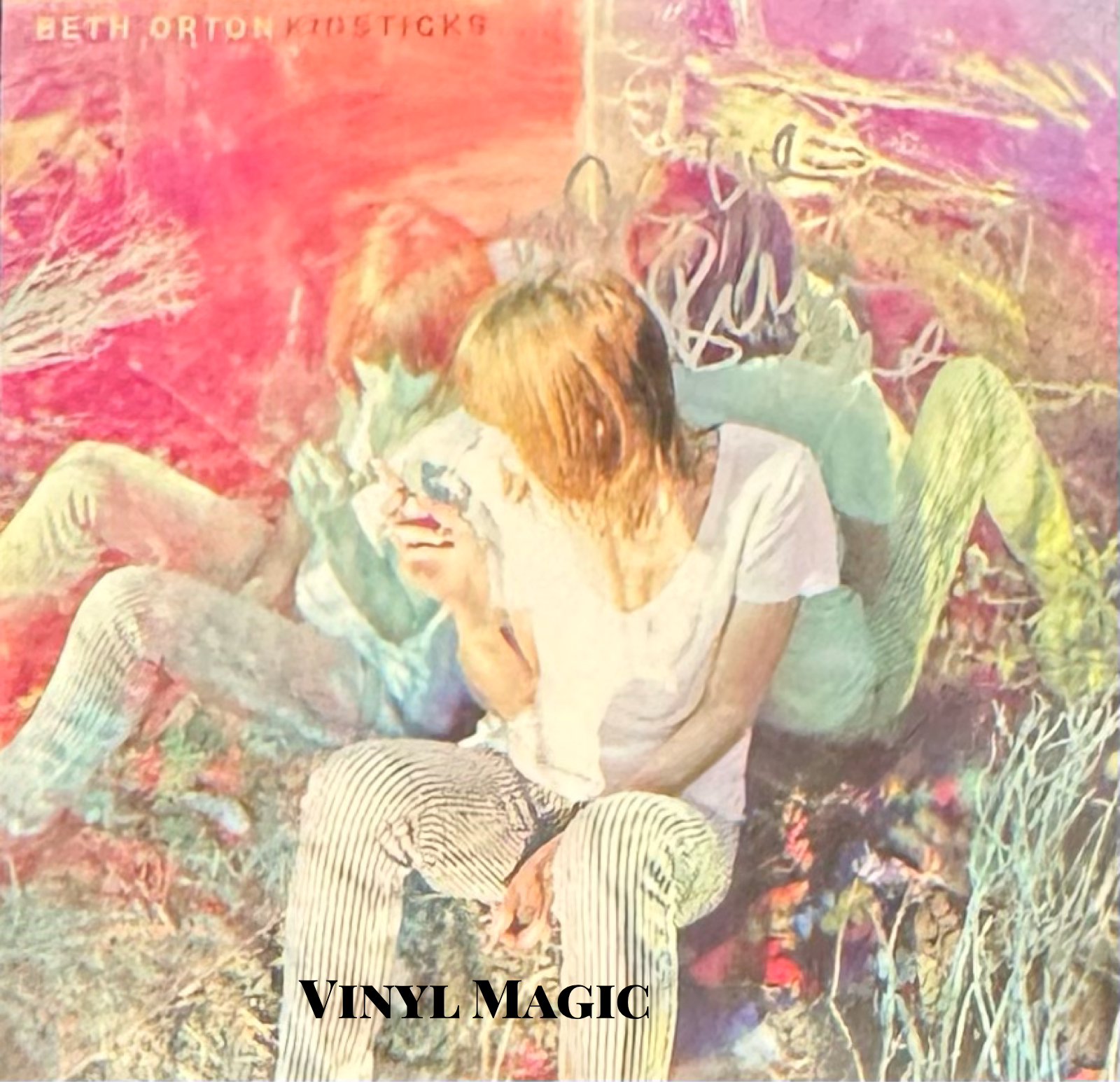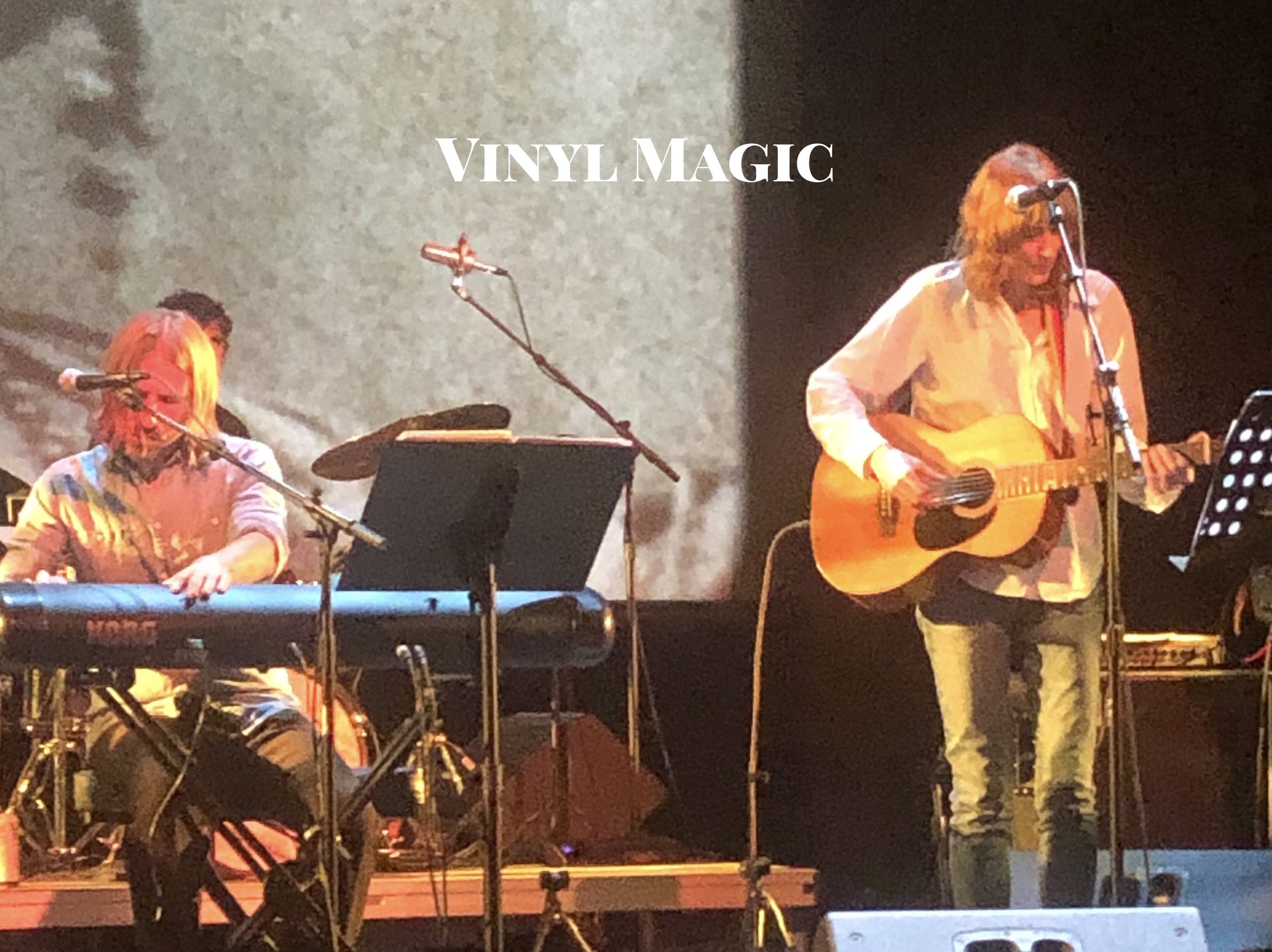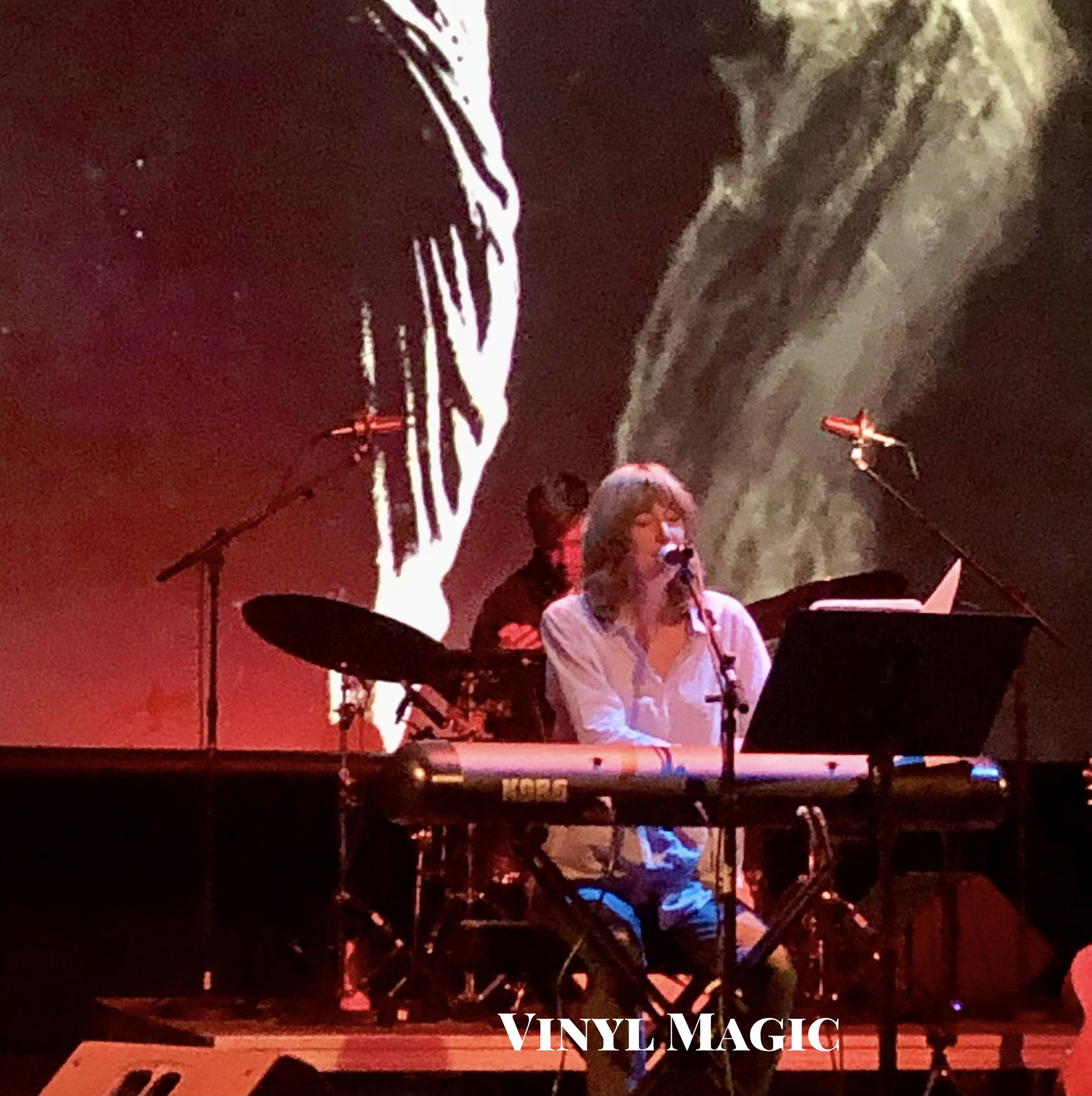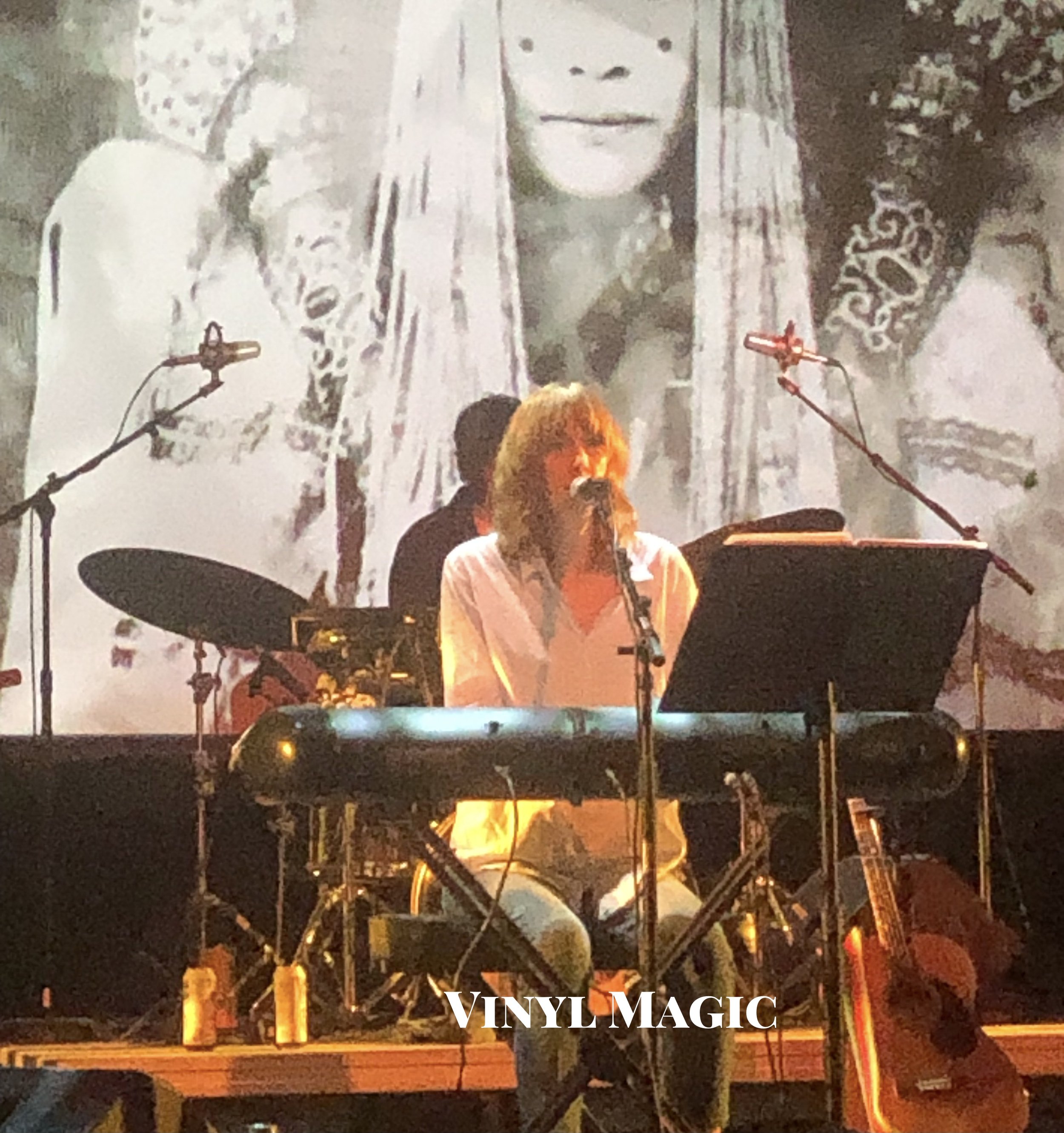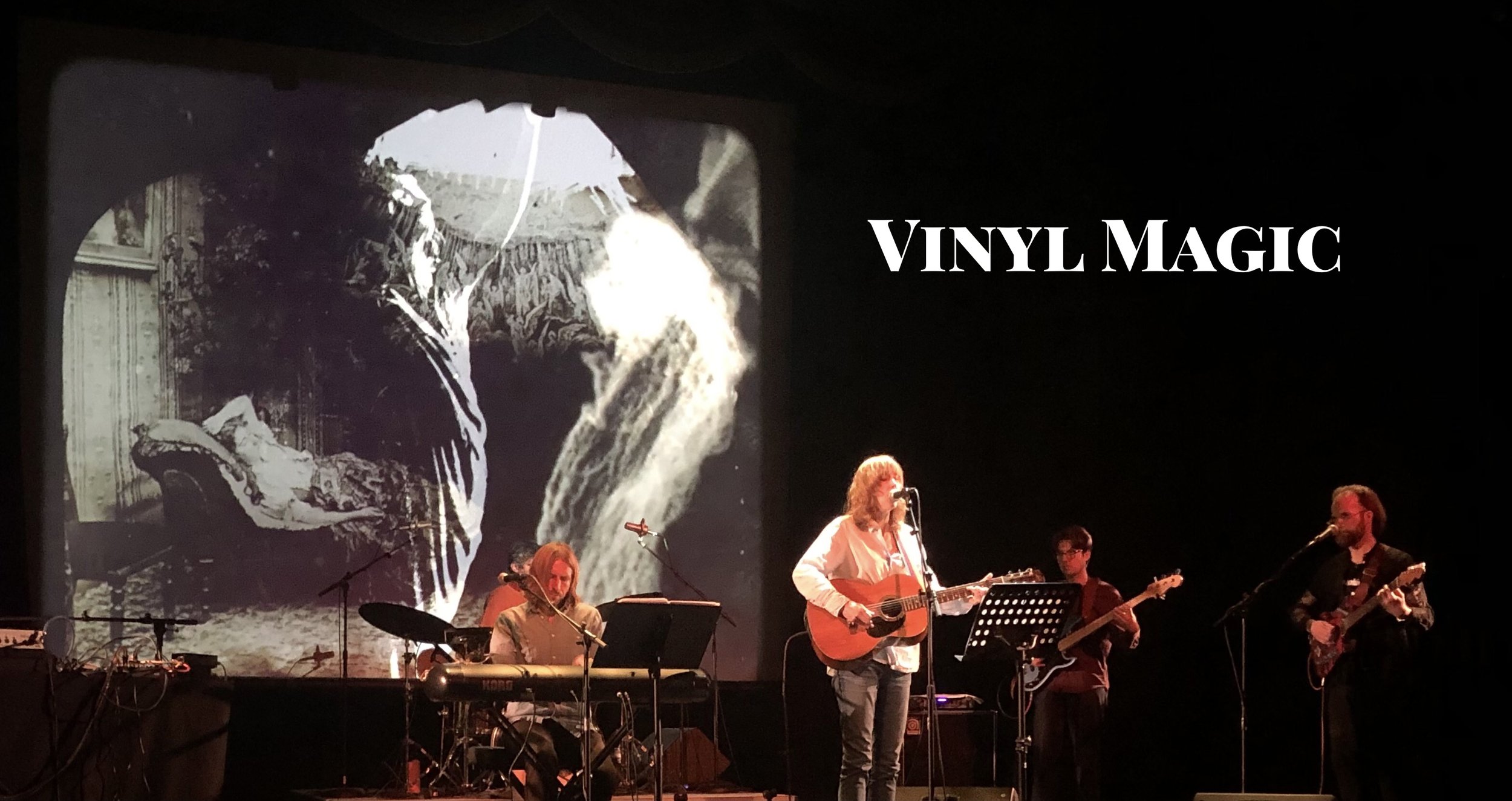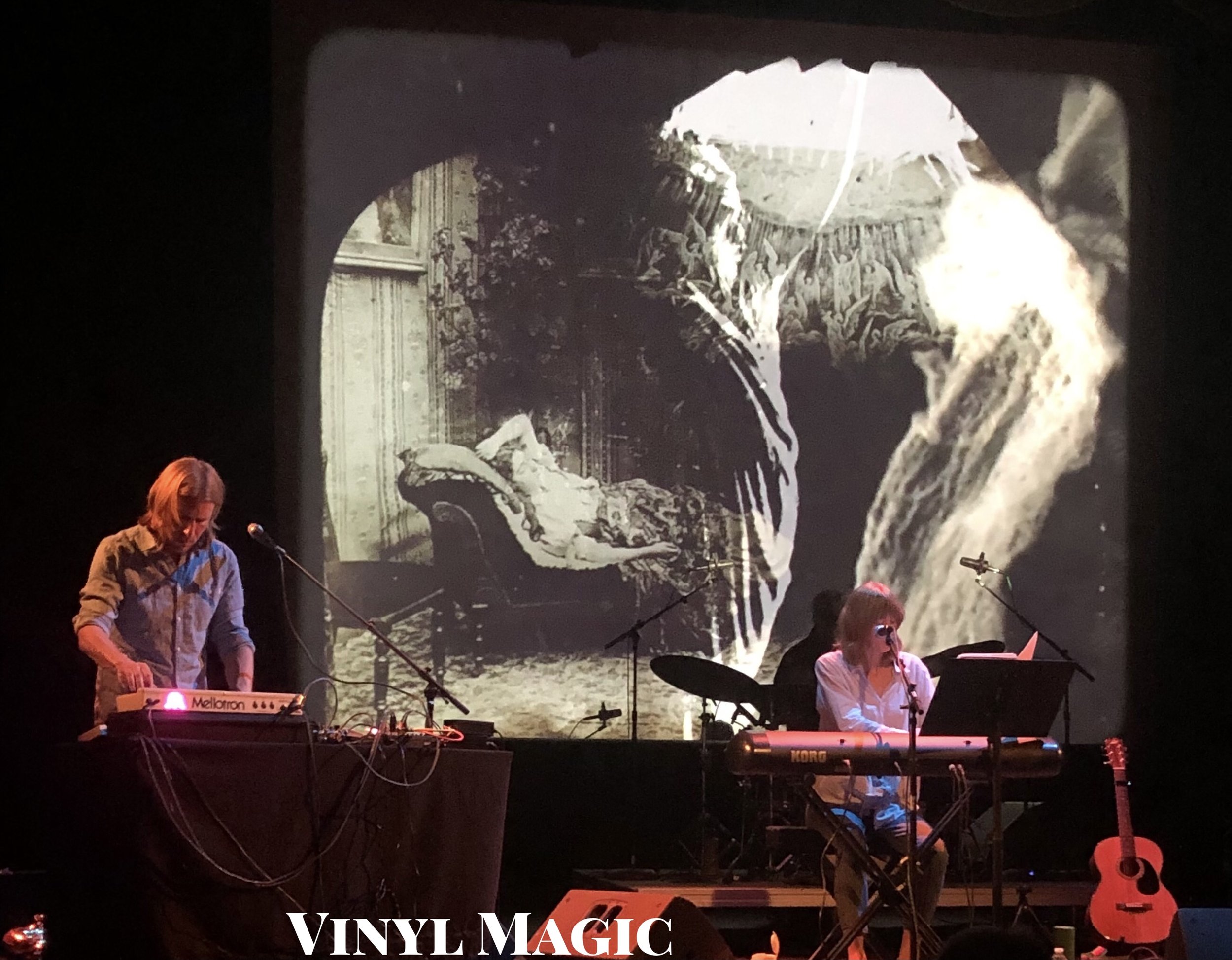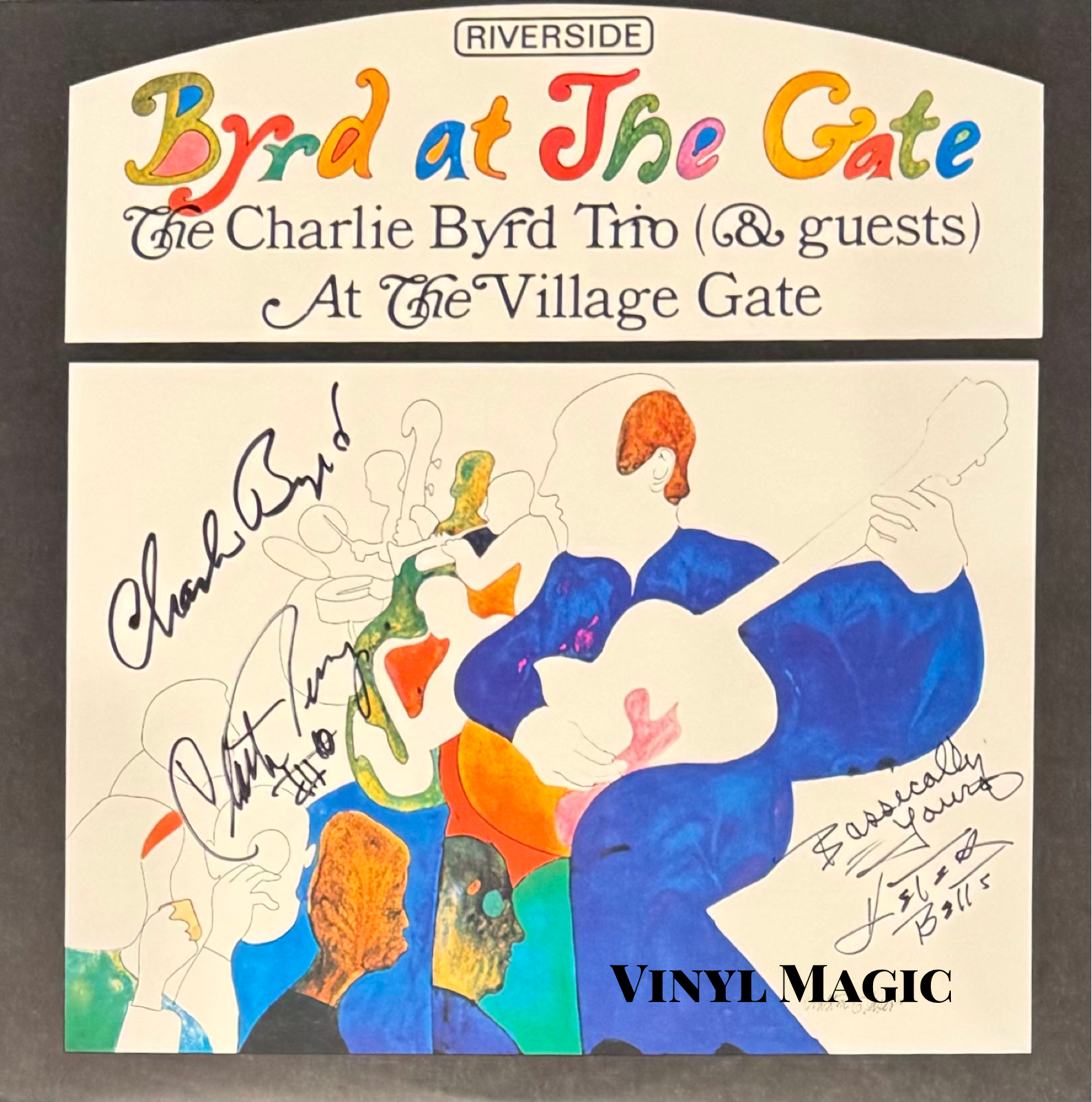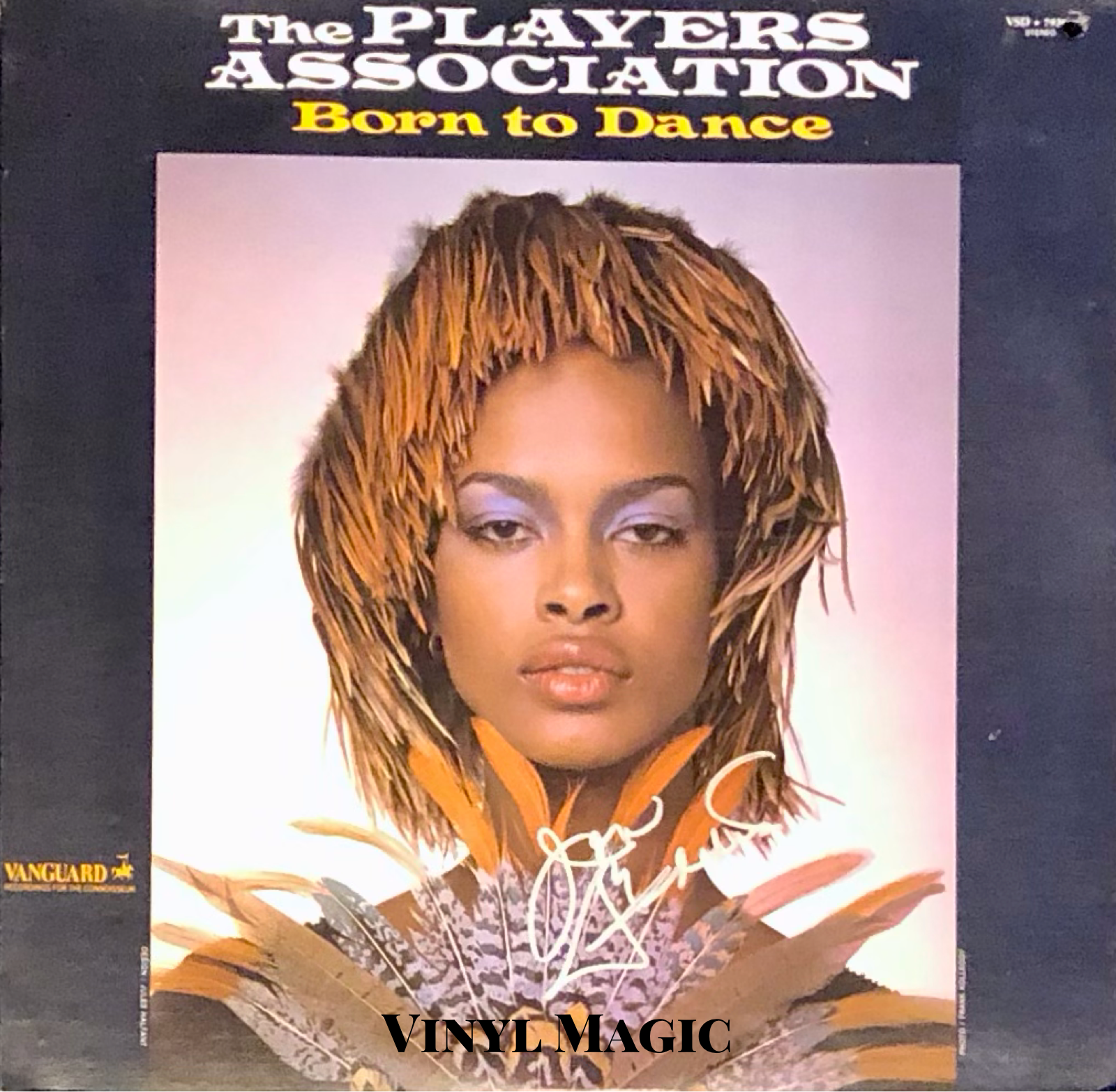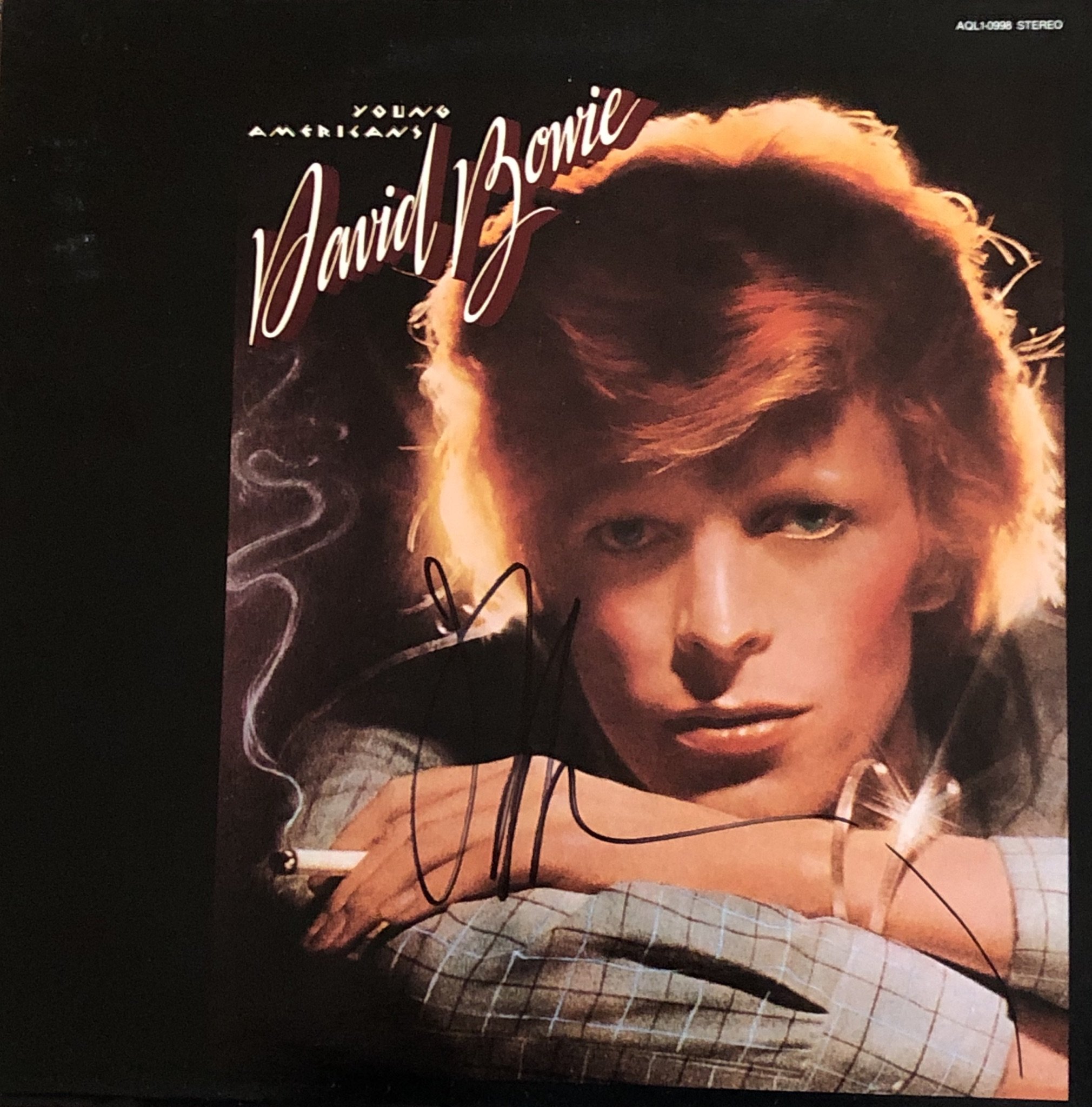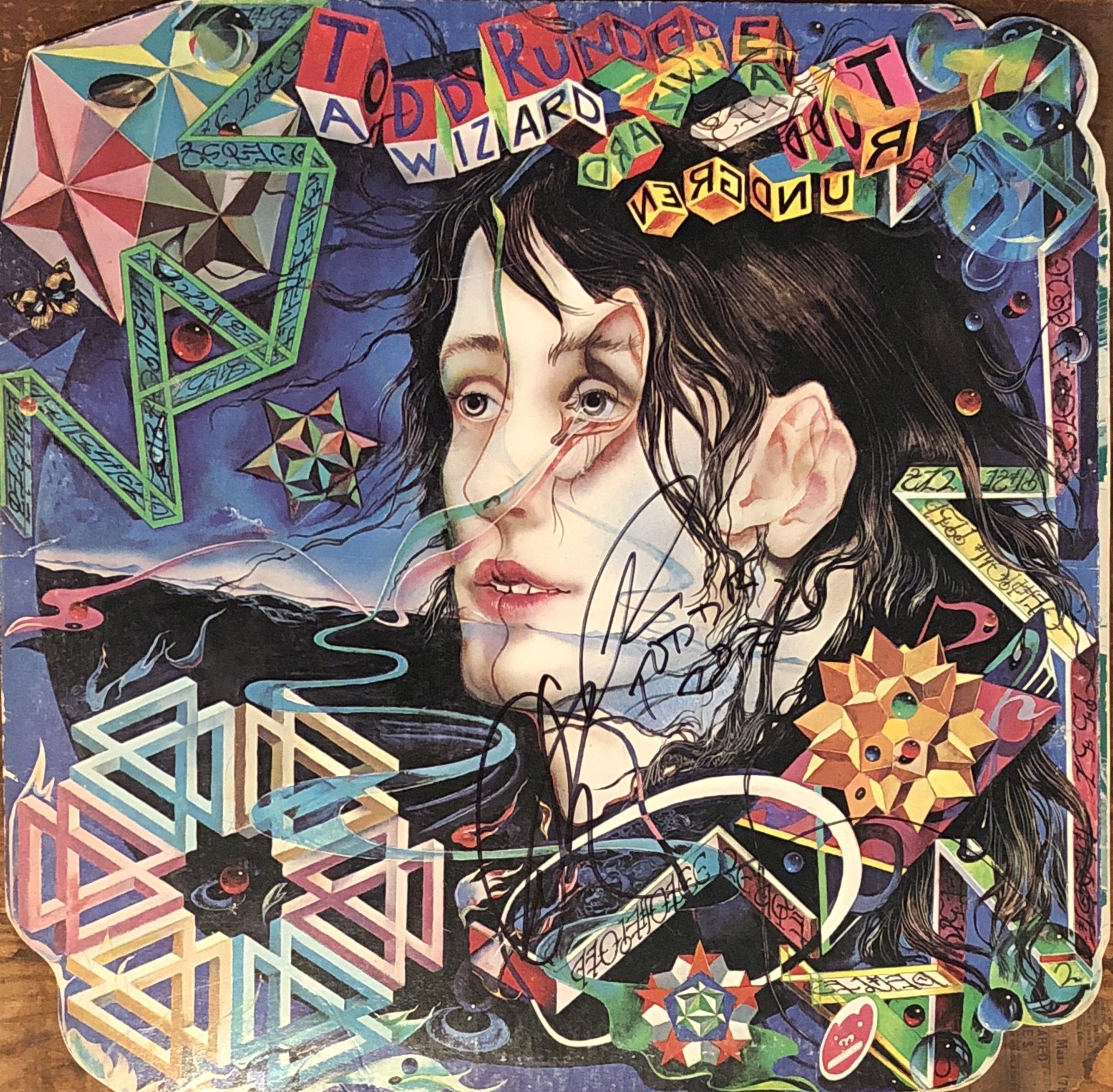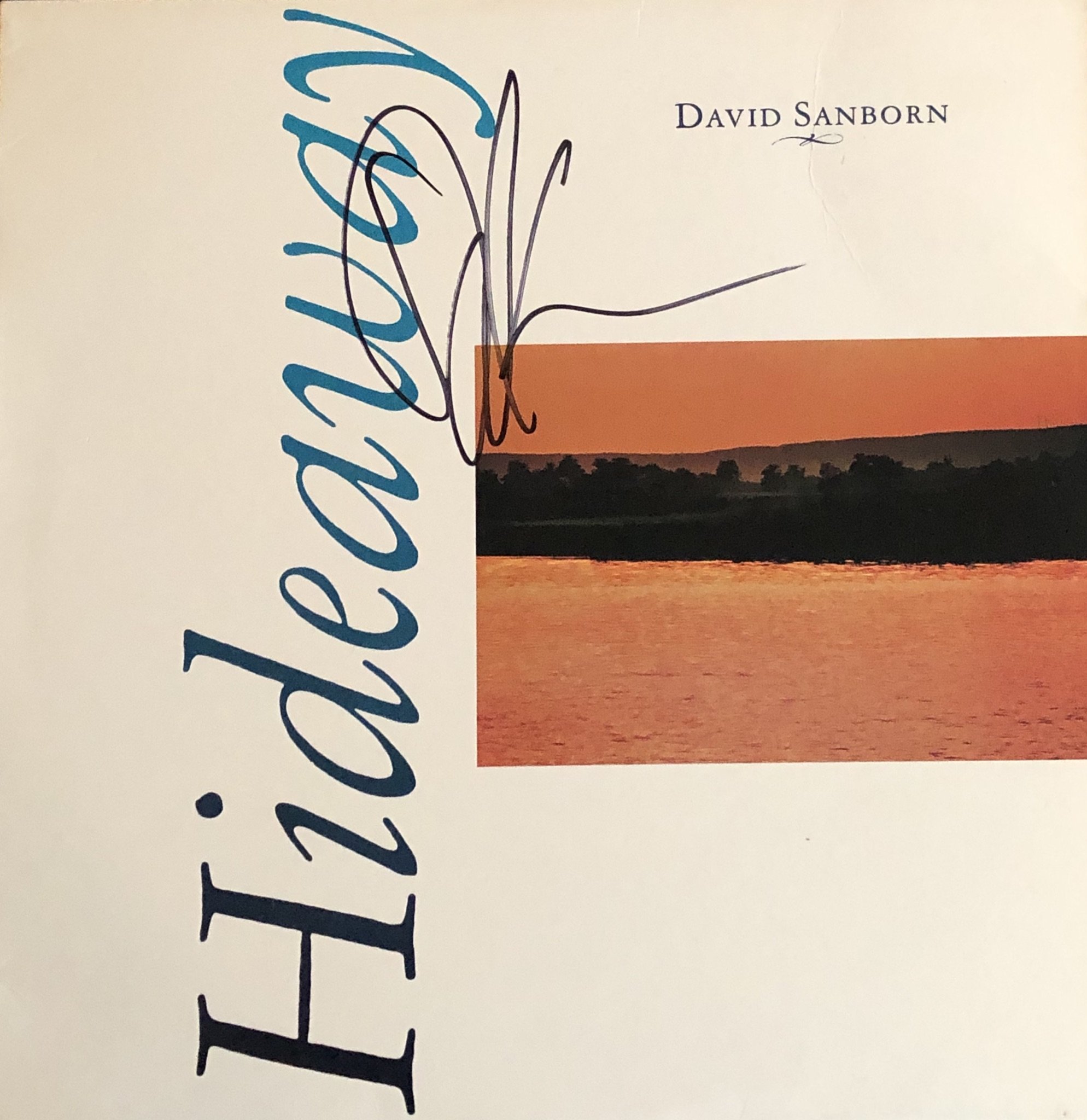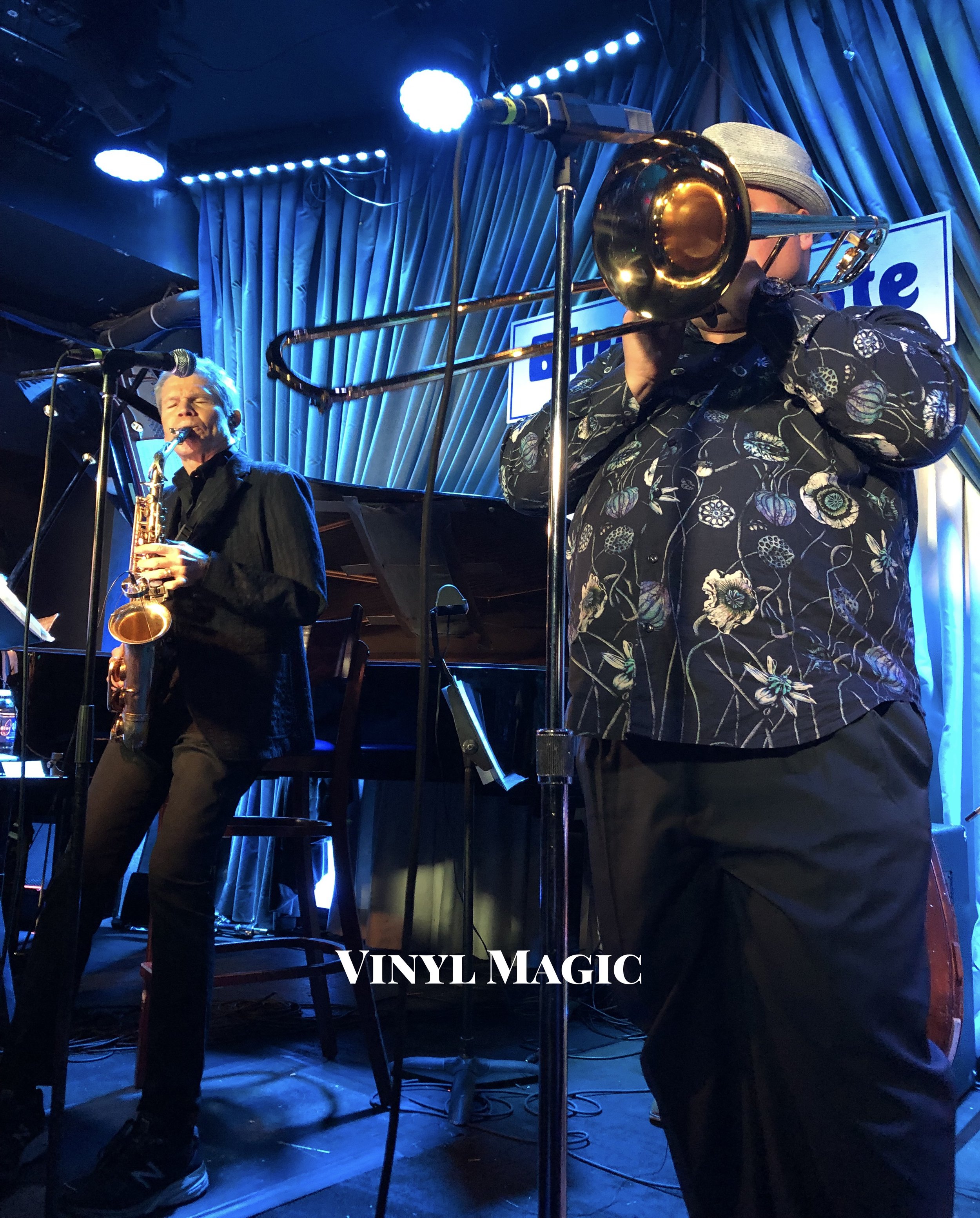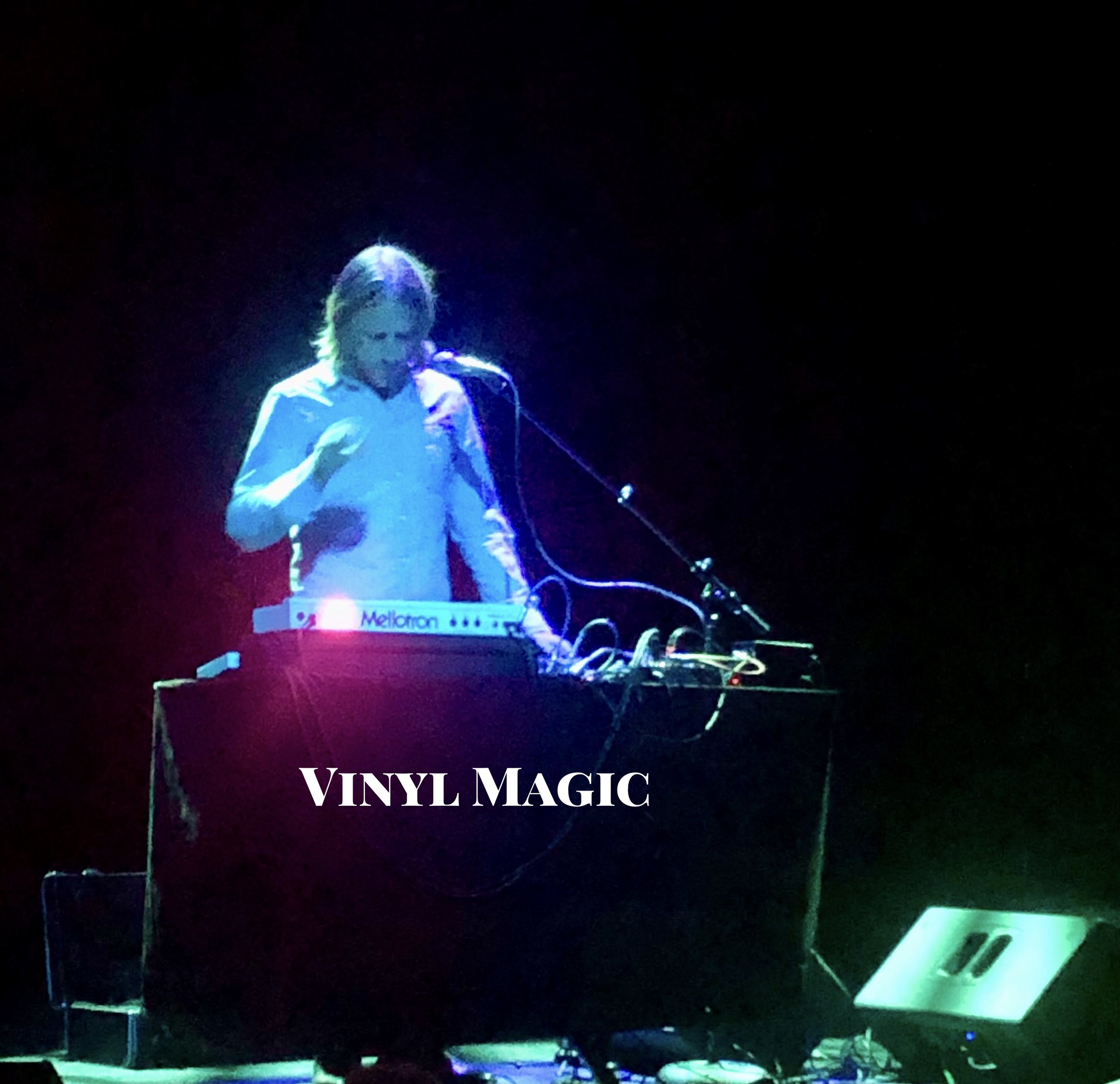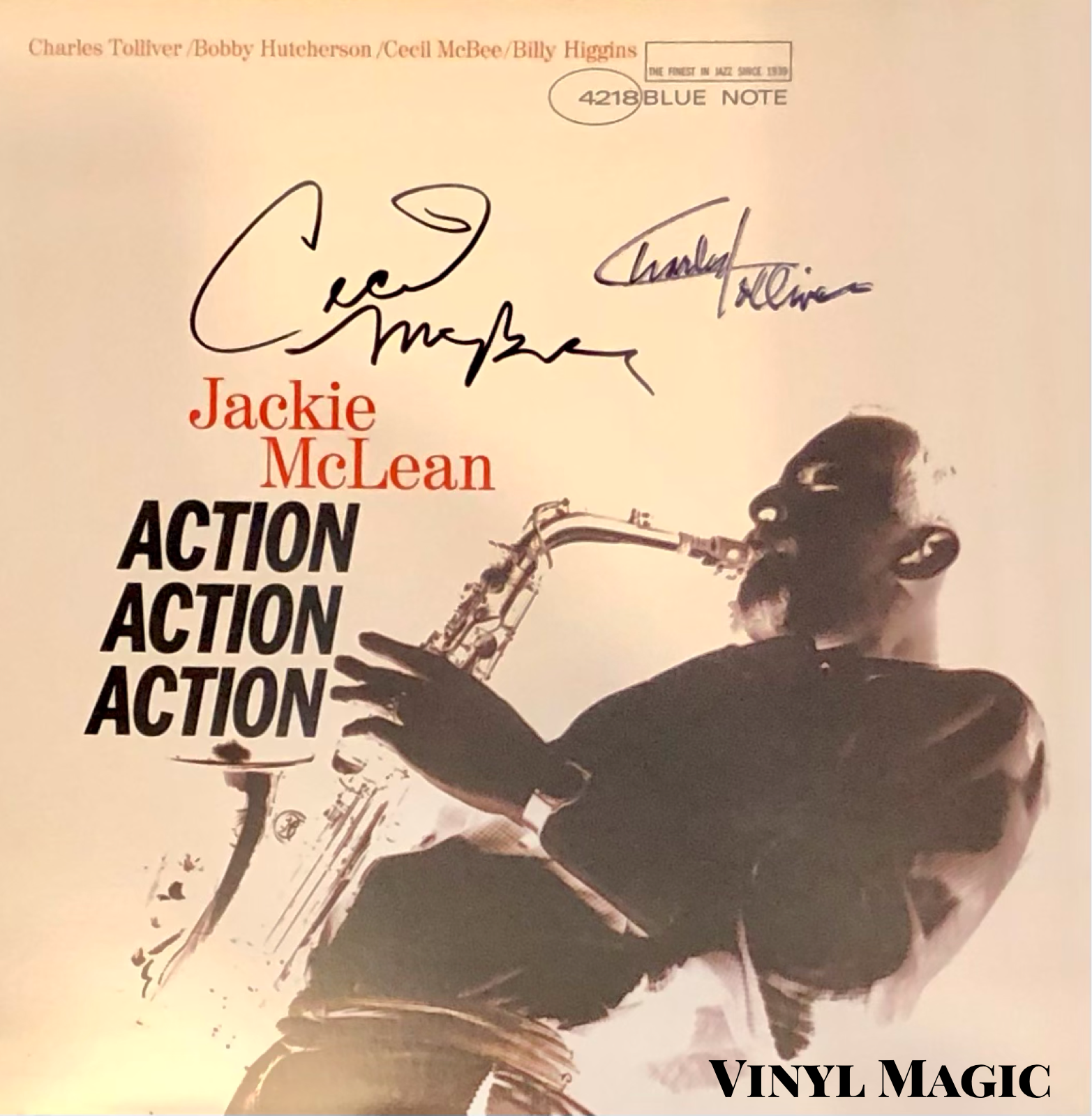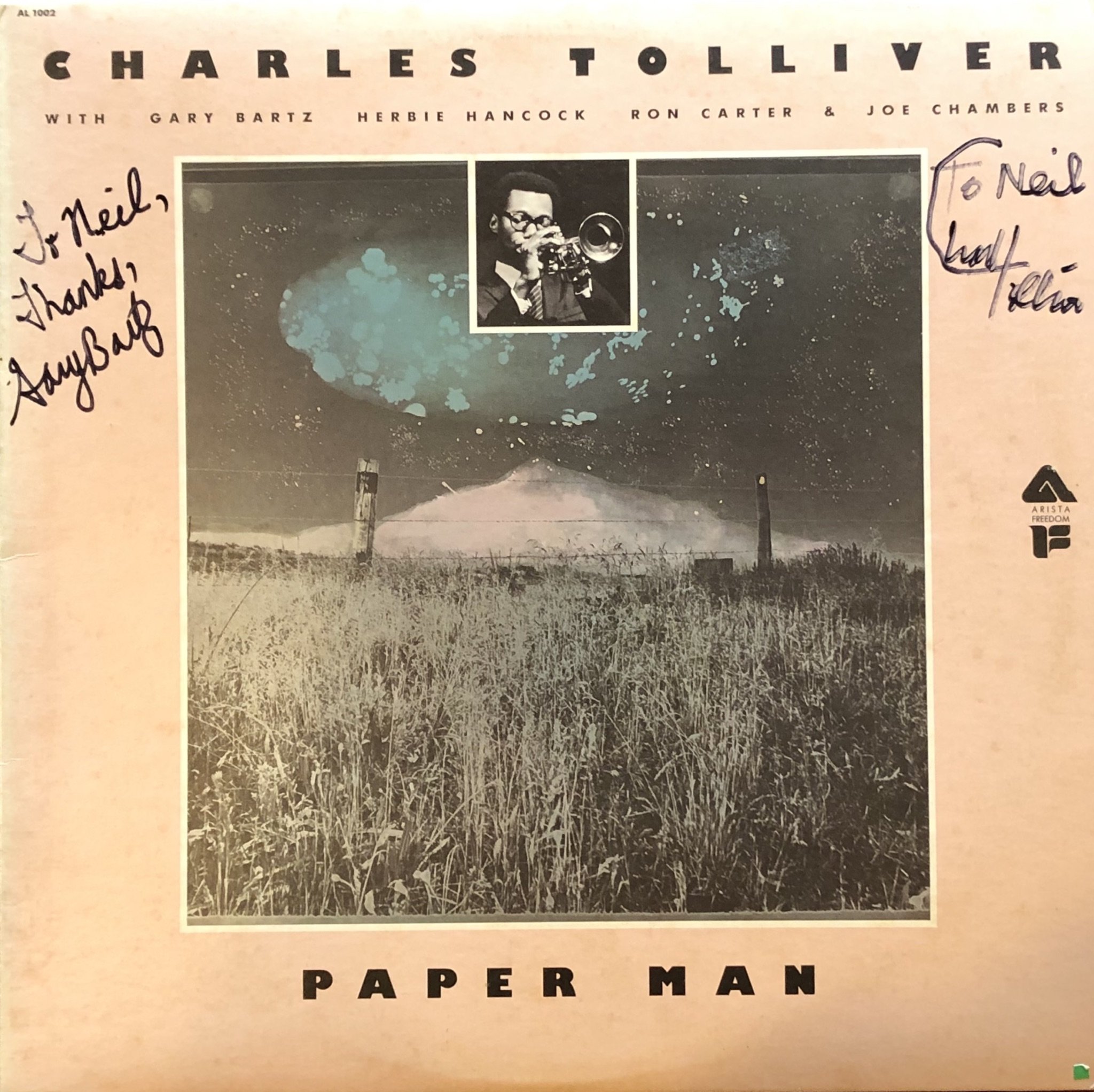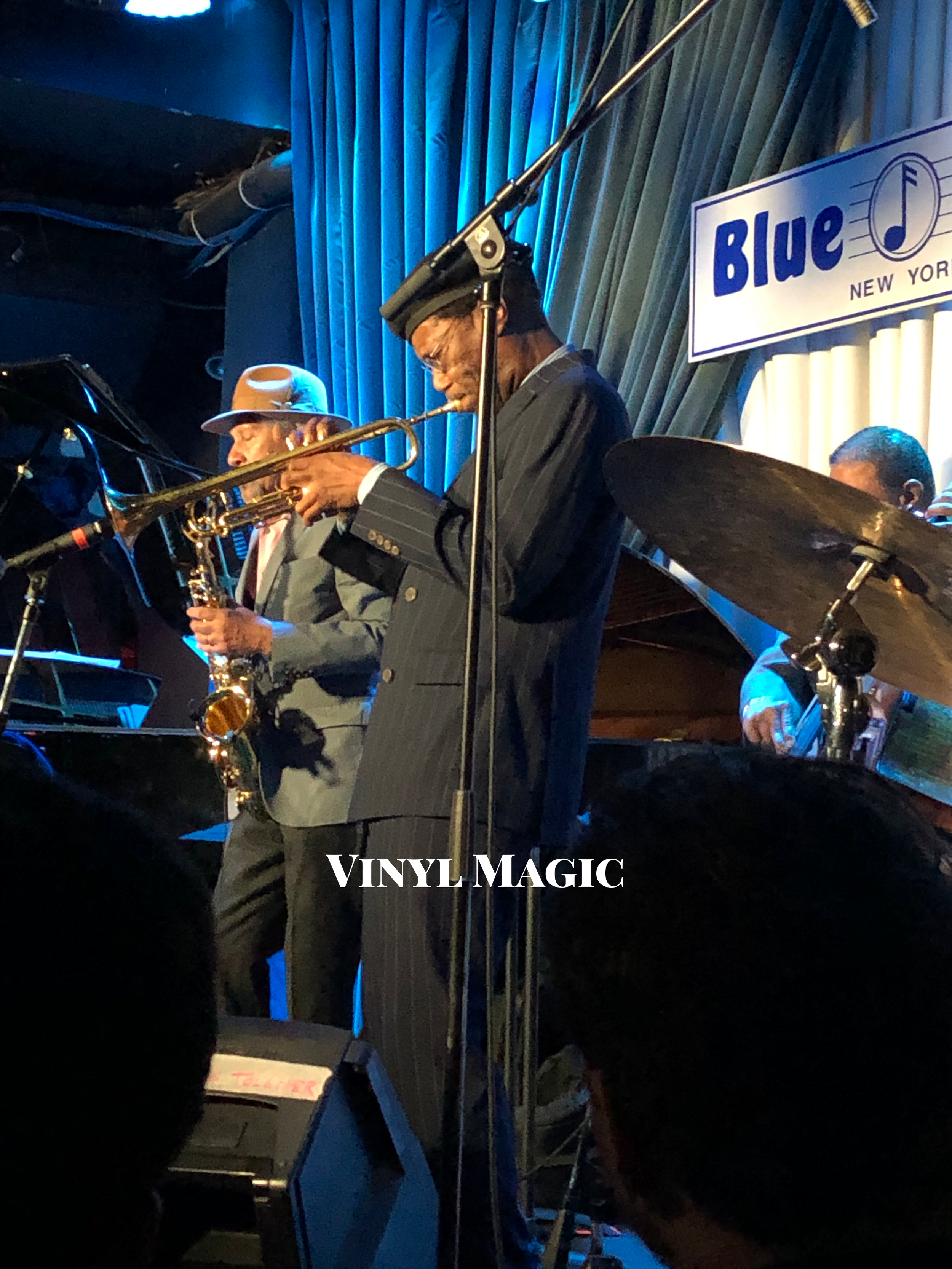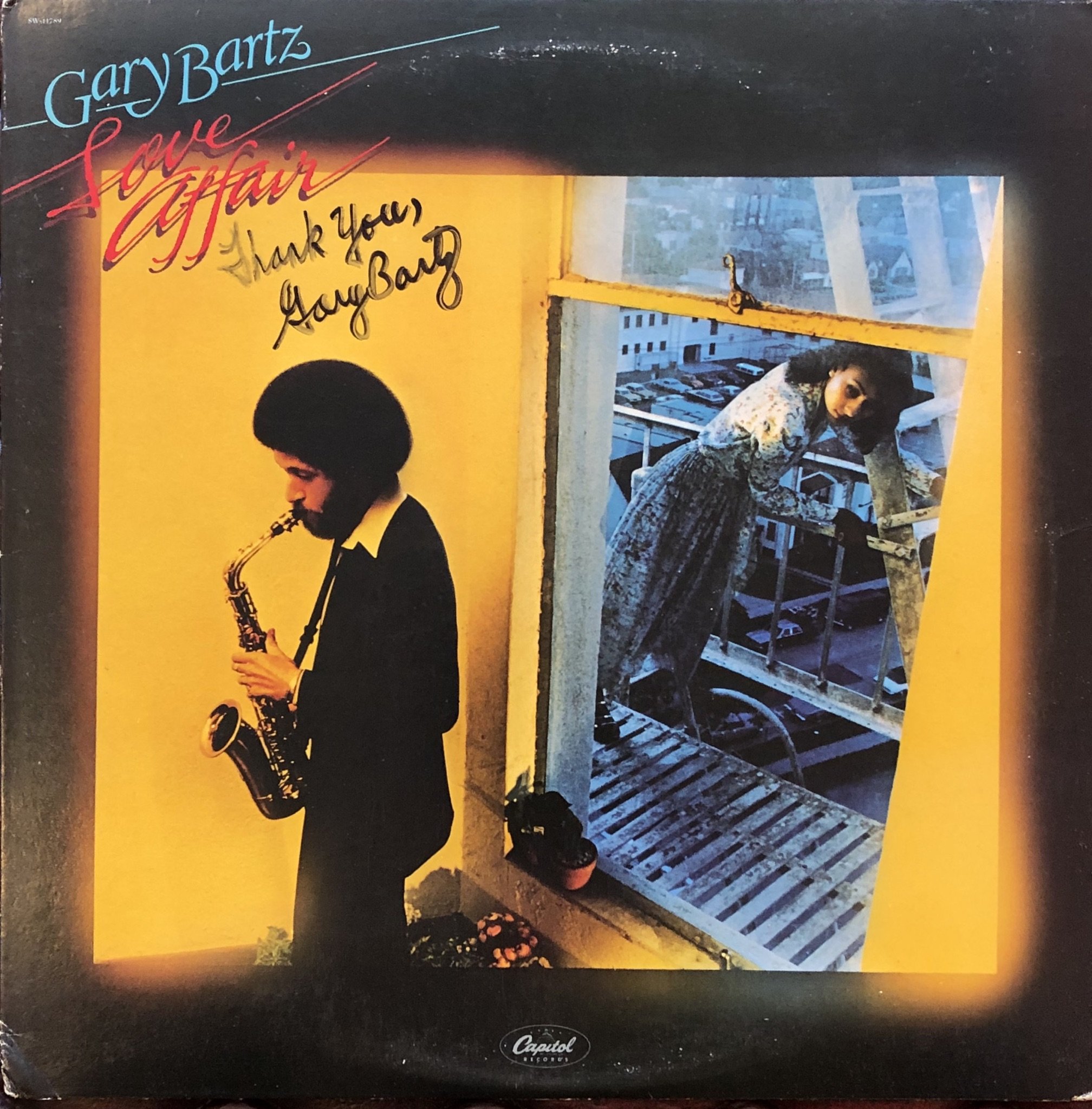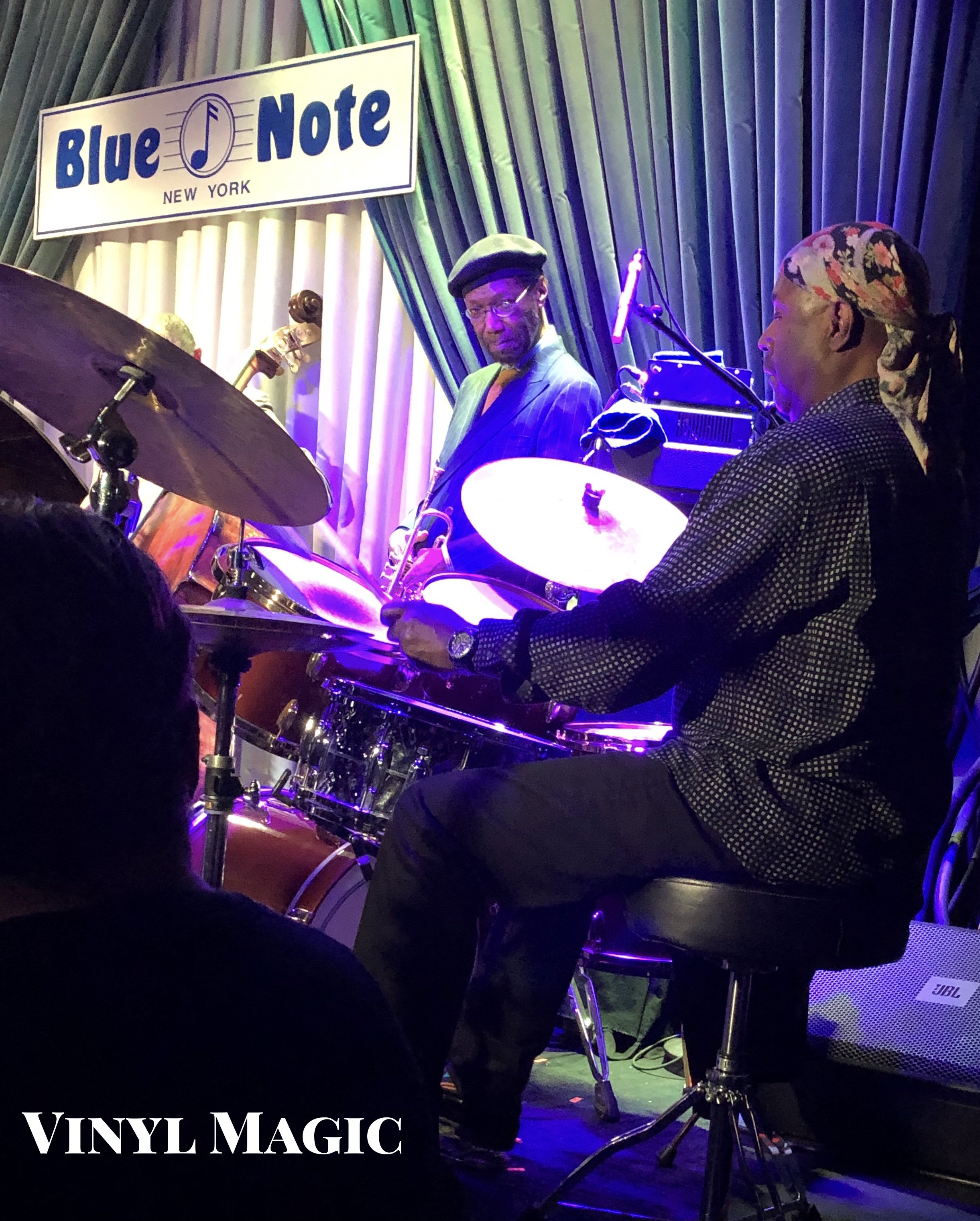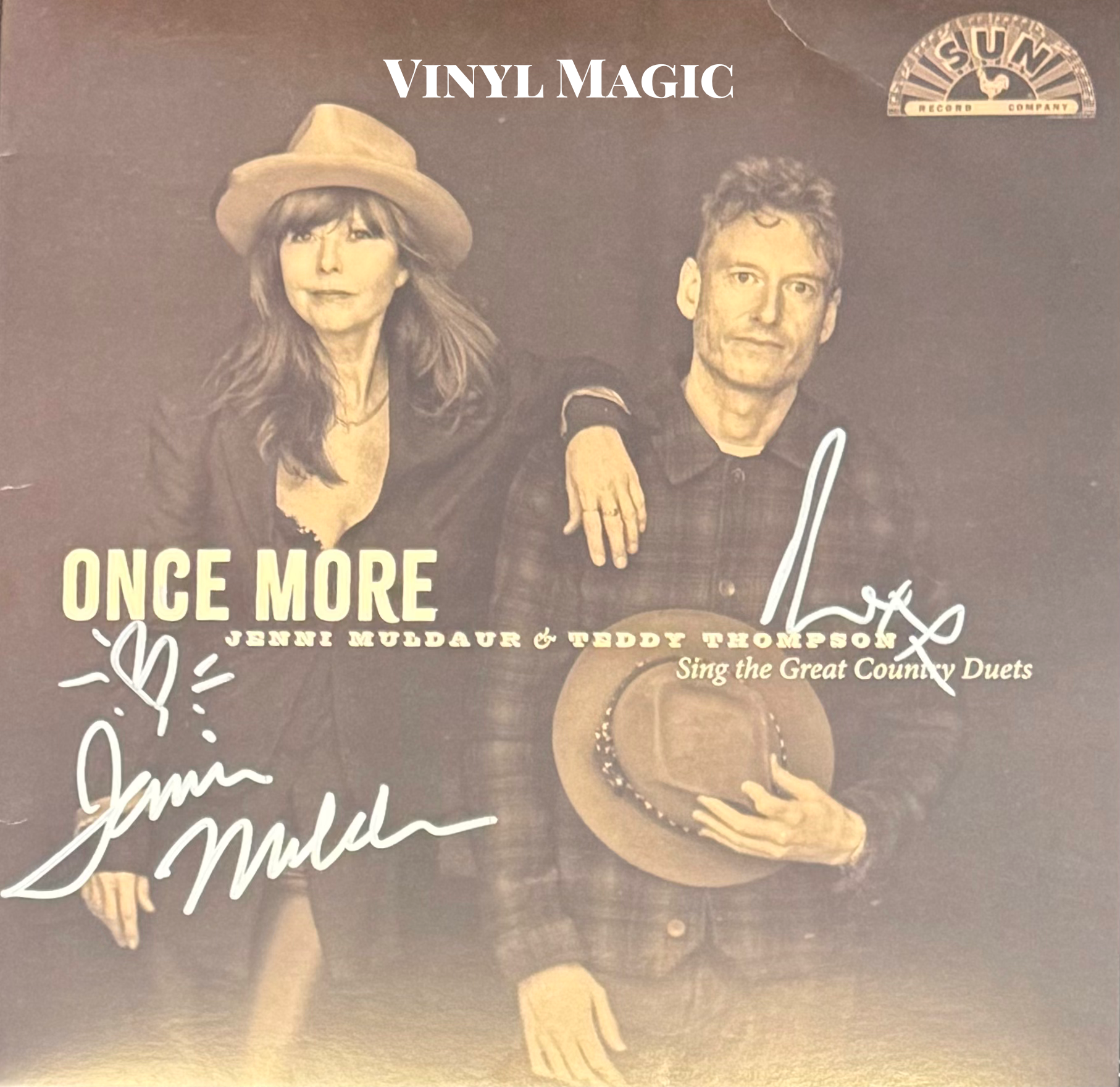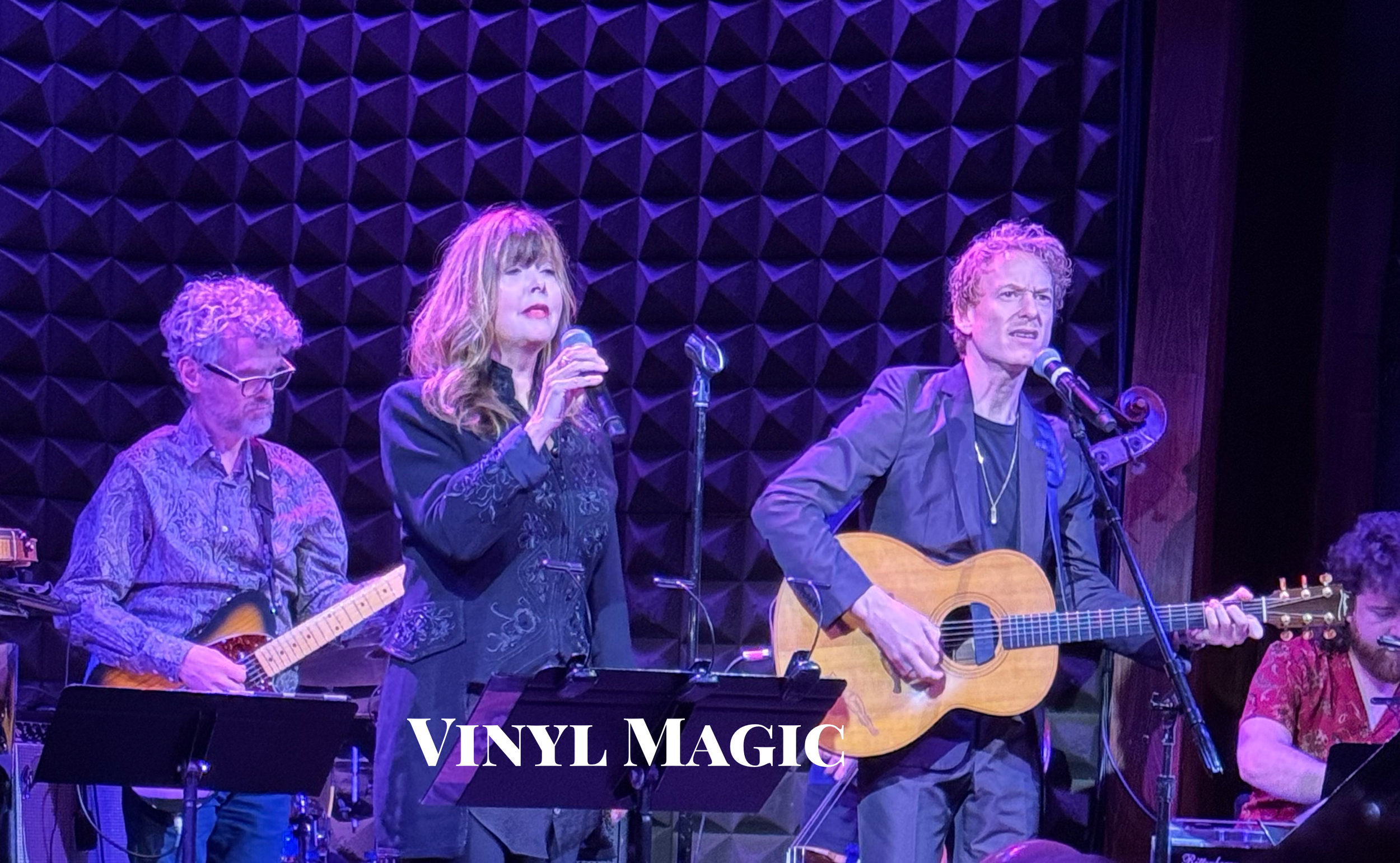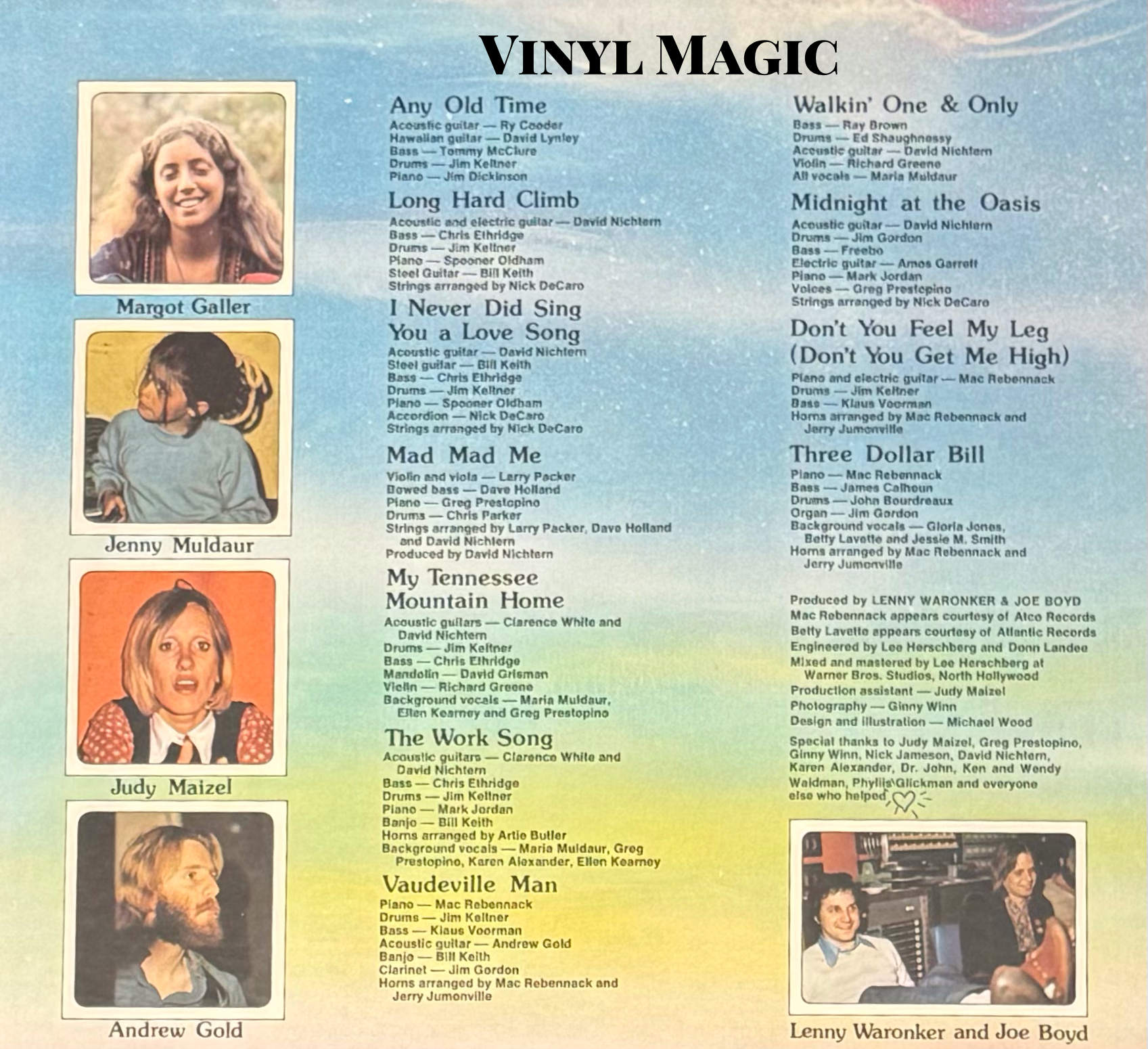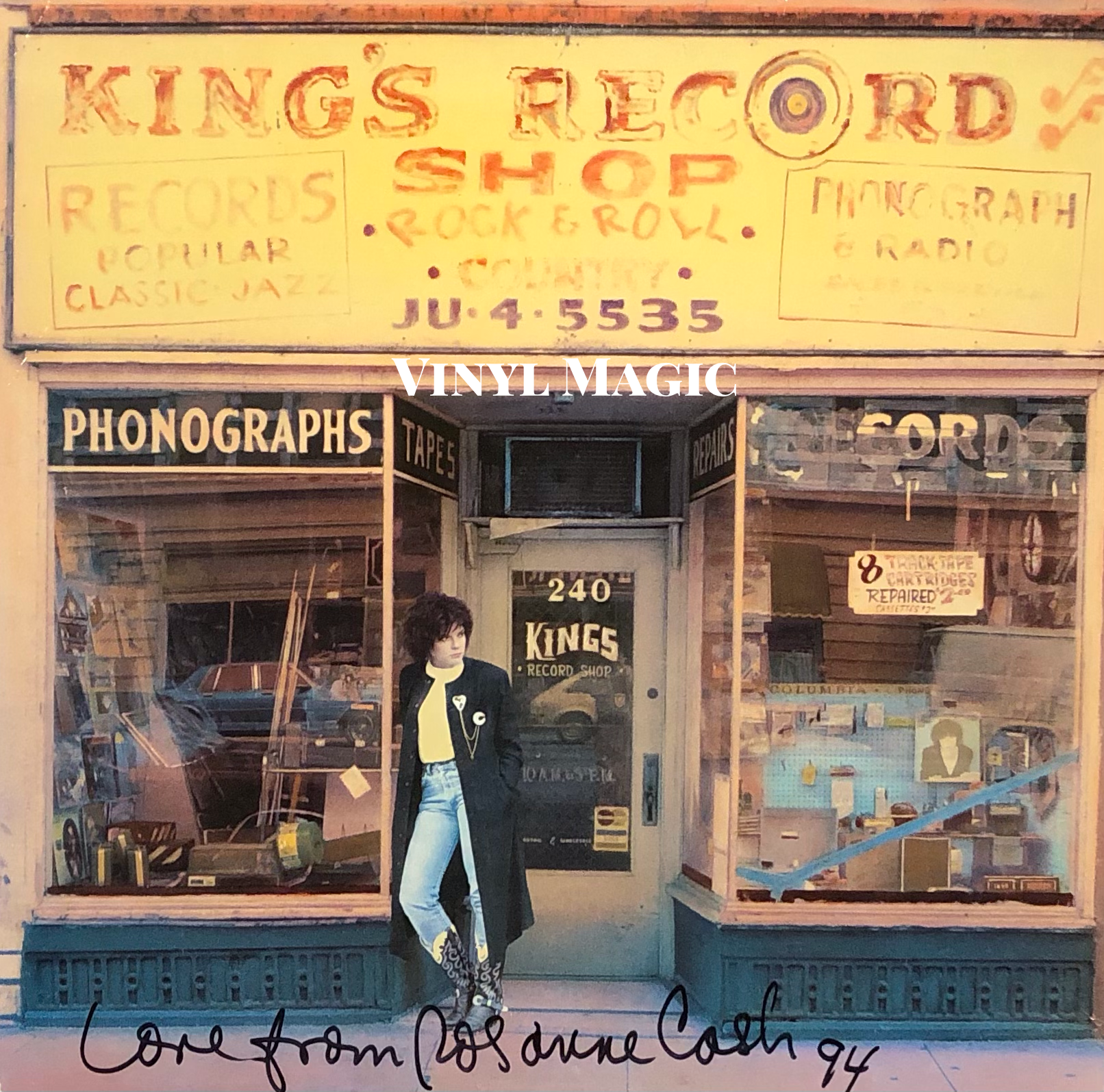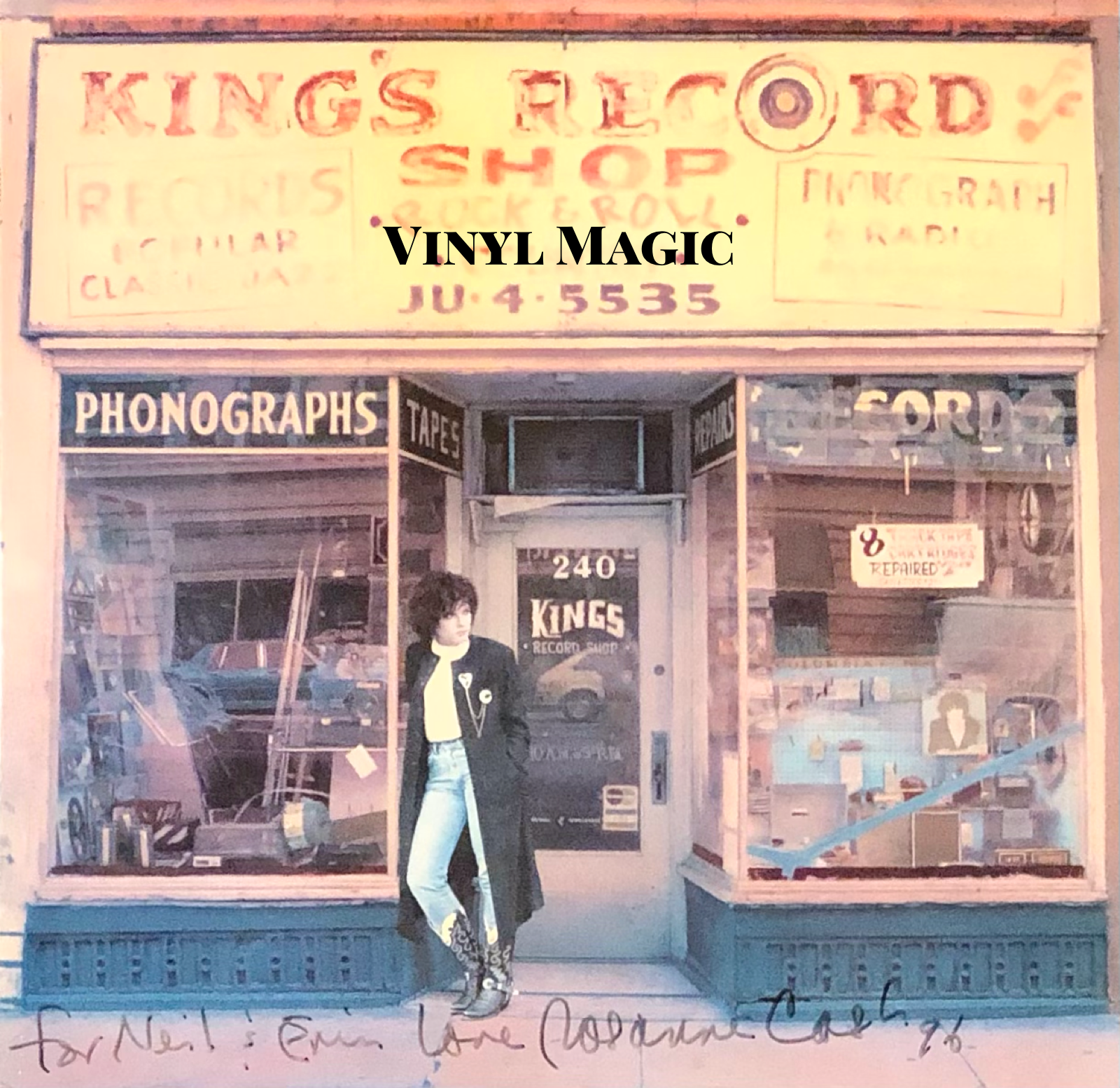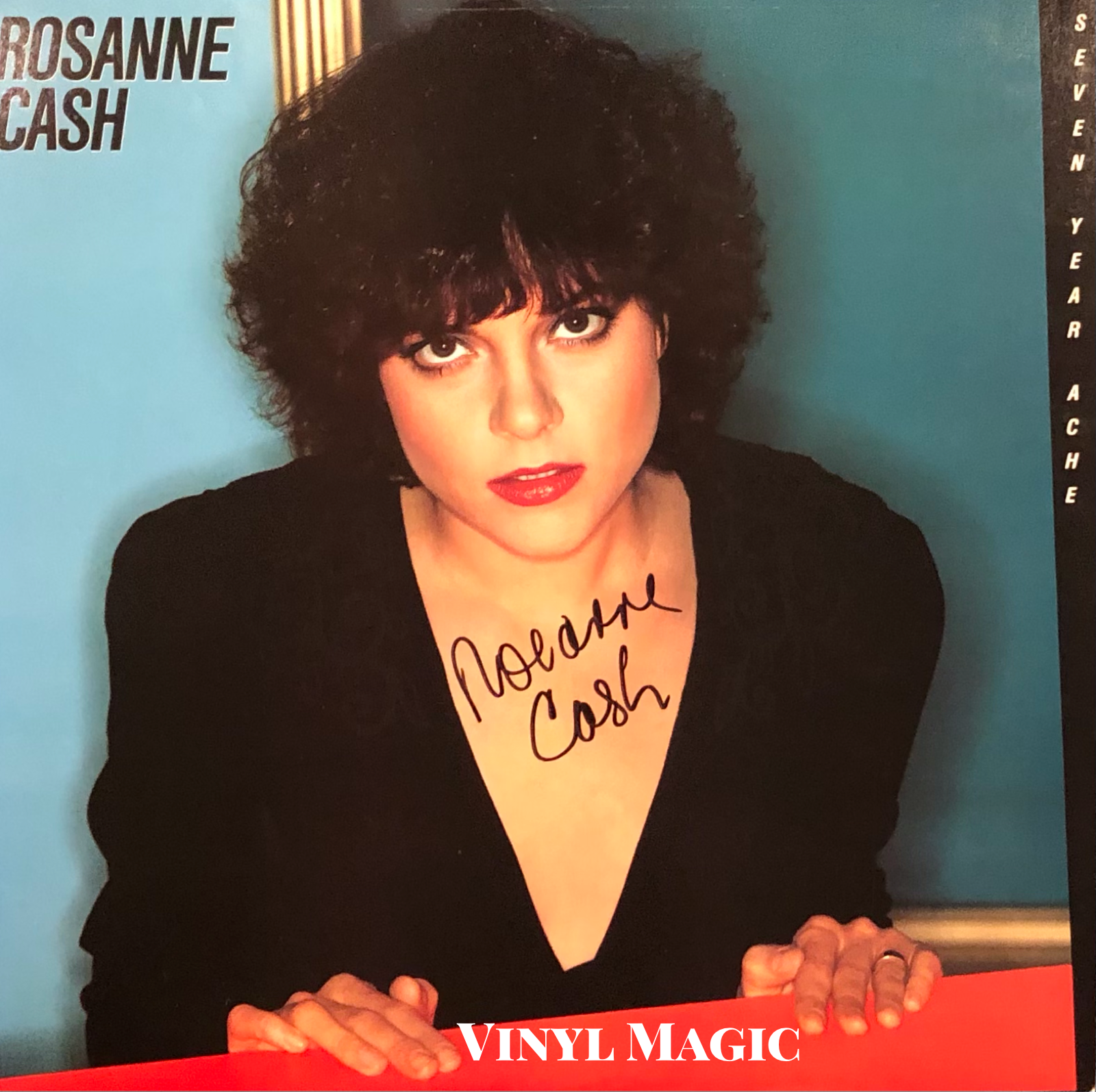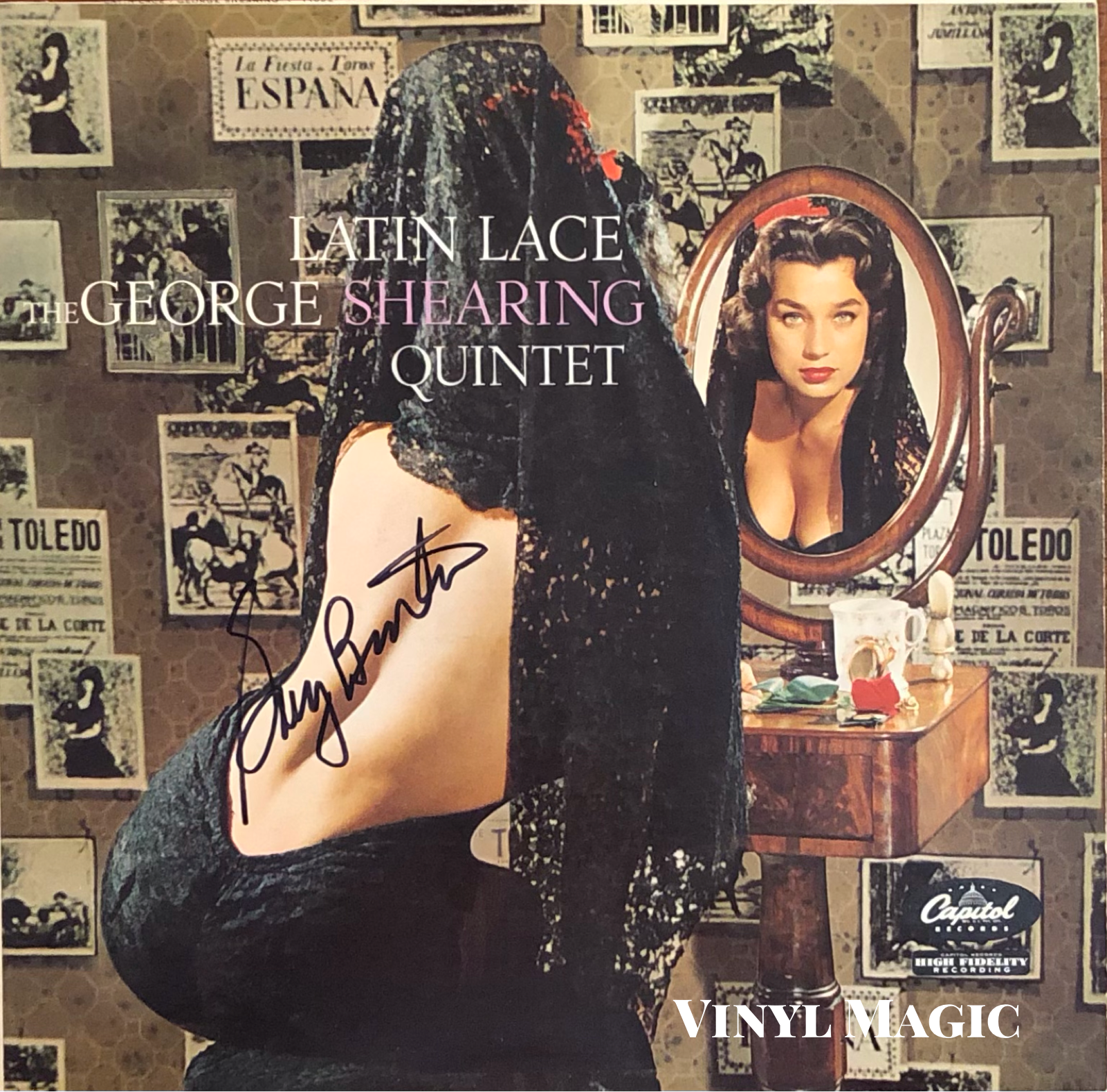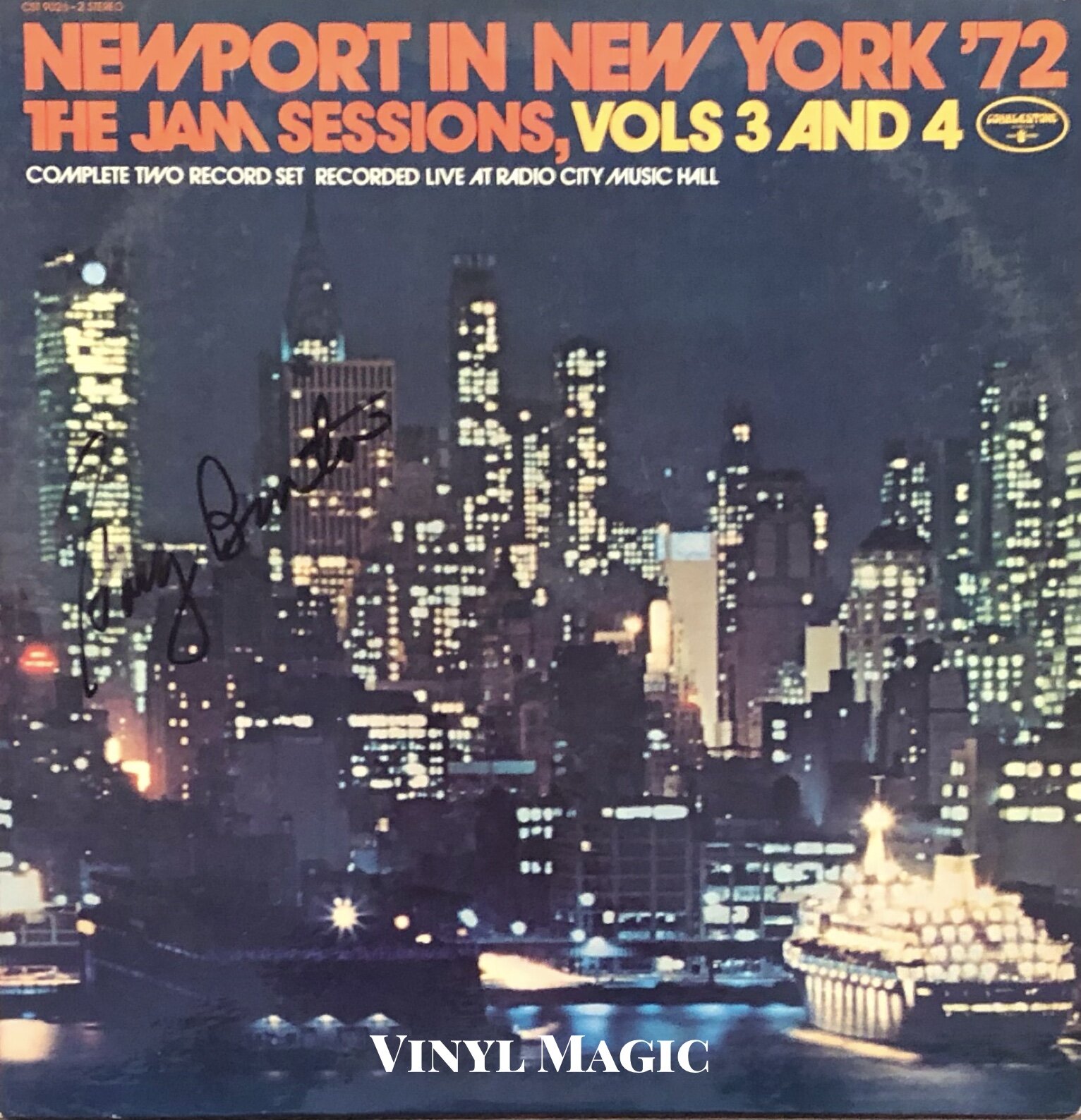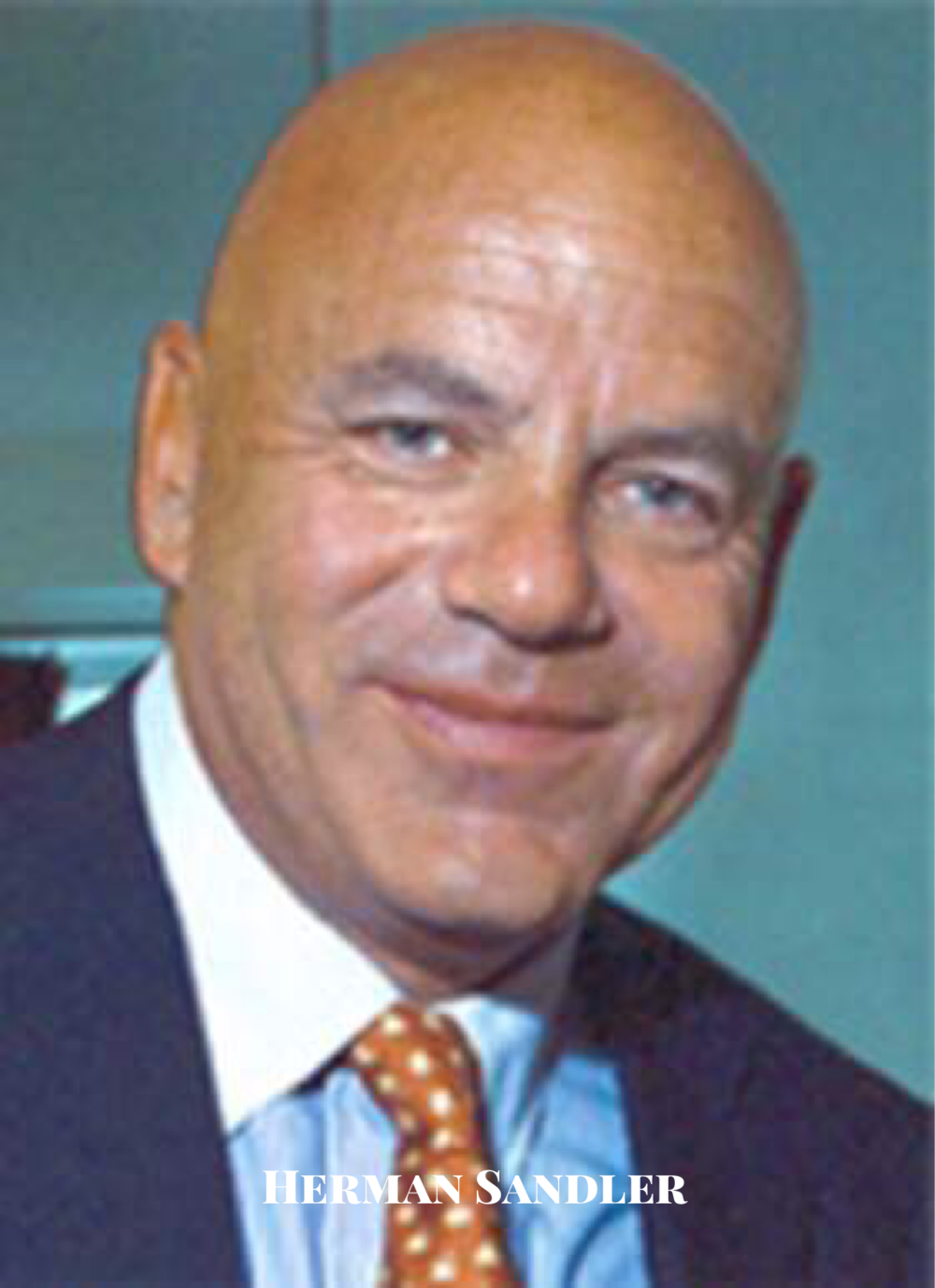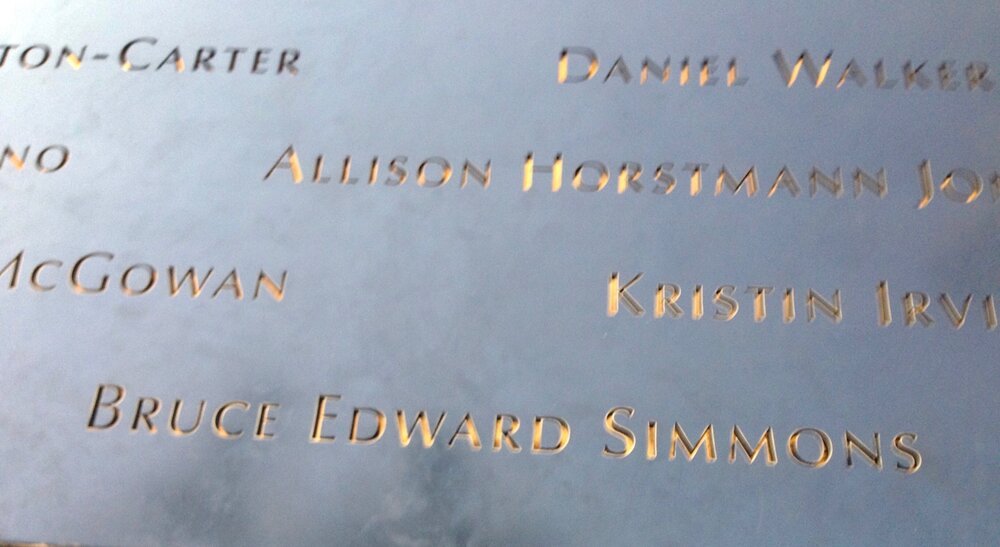Rufus Reid and Me...
I had always been infatuated with the bass when I played in a small ensemble in high school. Little did I know that I would really get into it when I joined the Air Force Band. I was an average trumpet player. I began teaching myself the bass those first two years in the Air Force because there was a lot of free time. The band had an acoustic bass, which was a good thing because I didn’t even own one then. Eventually I did buy an electric. Some of the older guys in the band liked my time feel and the fact that I was ready to play anytime and anywhere. I knew nothing about chords or chord symbols, but I could read the BIG letters and let my ears guide me through the rest. I loved it! Five years later, after a lot of playing and taking lessons, I finished my time for Uncle Sam, sold my trumpet and bought my first acoustic bass the same week. This is the same bass I used on all the Thad Jones/Mel Lewis, Dexter Gordon and Jack DeJohnette recordings.
Rufus Reid
The bass was in my hand at least seventeen hours a day—whether I was in school, playing in the Civic Orchestra, playing in clubs until 2 a.m., then back in class. Chicago was vibrant. I became the house bass player at Joe Segal’s Jazz Showcase. That’s where I met Kenny Burrell, played with Kenny Dorham, James Moody, Bobby Hutcherson, and of course, that’s when I first met and played with Eddie Harris. Eddie was my mentor, probably more so than any one person. When we traveled, he said, “You know, we’re a family now, we’re away from home, so we have to look out for each other. Memorize everybody’s suitcases, so nobody steals them.” This was about 1972. He was about fifteen years older than me, but he was like a father figure. He used to say, “All I need you to do is two things: be on time and be able to play.” Eddie would pay me every Friday like clockwork. He was a great businessman, he had one company for his performing and another for his publishing. We’d make up songs on the road, then record them, and he’d put all our names on the copyright, and to this day I get a little check, forty years later. He taught me how to handle business and how to be a bandleader.
Rufus Reid
The Perpetual Stroll (1978) signed by Rufus
Composing has taken me to a whole other place. It’s changed my bass playing, too. I don’t think so much about what notes I’m going to play. I’m thinking more about shapes than data. You have to think about shapes and transitions to be a good composer. The scenery changes, and you didn’t even know it until it happened. Someone like Bartók, or Stravinsky or Ravel, it’s done so slick, and suddenly you’re in another room, you were transported somewhere else. What an incredible gift. To make you forget that you’re listening, to take you away from your regular daily stuff and get you out of your head, that’s what profound musicians do.
Rufus Reid
A great jazz bassist and musician, Rufus Reid has appeared on over five-hundred recording sessions in his voluminous and impressive discography, with jazz luminaries Kenny Barron, Kenny Burrell, Stan Getz, Dexter Gordon, Andrew Hill, J.J. Johnson, and Lee Konitz among them. Rufus also found the time and space to release twenty-five albums as a leader and he wrote a definitive study of the double bass,The Evolving Bassist, which has been a lodestar for musicians young and old since it was published in 1974. Not only a methodology for the aspiring jazz bassist, it is a reference book which was updated with a millennium edition in 2000 and continues to be an invaluable source of information and inspiration.
Two For The Blues (1983) signed by Rufus, Frank Foster, Frank Wess, Kenny Barron
Eddie Harris, a noted tenor saxophonist and mentor, was a catalyst in its creation, as Rufus recalled, "When I was with Eddie Harris I was conducting clinics, and he said, “You’re intelligent, you’re a college graduate, you’re recording with me, why don’t you write a book! If you decide to write a book, I want you to promise me two things, that you’ll finish it and own it.” Back then I didn’t know how profound that statement was. Eddie was one of the few guys who understood what it meant to be a professional musician. He saw and understood the big picture. He also used to say, “If it collects dust, it’s your dust!” I am still receiving royalties from some tunes we created together. I took his advice and finished the book. I published it, and I own it. Today, I tell young people, 'If you think you have something that no one else has, go ahead and do it, but don’t give it away.' " Wise counsel imparted from one exceptional musician to another and, hopefully, heeded by countless others along the way.
Before Rufus became a noted author, arranger, composer, educator and musician, he came from humble beginnings, "I was born in Atlanta, Georgia, but the family moved to Sacramento, California, when I was about seven years old. Music was always in our home and I am told that when I was very small, I used to beat on the pots and pans in the kitchen." His initial instrument was the trumpet, but by his own admission, his talent was rather pedestrian and the bass captured his imagination, "The bass offered a unique combination of things, I had to carry the rhythm, and then I had to deal with the harmony at the same time. If you slip in one, it affects the other, and I liked the way it felt. I liked playing a note and feeling the resonance against my body when I held it. The trumpet was cold and hard."
The Ideal Scene (1986) signed by Rufus, Lee Konitz
When he graduated from high school, Rufus joined the Air Force and, in a fortuitous turn, he was stationed in Japan, as he remembered, "I went to Japan in 1964 with the Air Force for two years. That’s when I began to really dig deep with the bass. I was still playing trumpet in the Air Force Band, but the band wasn’t playing that much. I had a car and drove into Tokyo almost every night, either hearing jazz or playing it, playing bass; I never played jazz on trumpet. Tokyo was full of jazz. I saw the Modern Jazz Quartet and Horace Parlan. I saw Duke Ellington’s band live and even got to hang out a bit with Cootie Williams and Cat Anderson. I saw Oscar Peterson’s trio with Ray Brown. When I saw Ray play, well, that was it. I knew what I wanted to do—end of discussion." Ray Brown's monstrous talent will do that, but first, formal education beckoned.
Upon discharge from the Air Force, Rufus moved to Seattle to study with James Harnett of the Seattle Symphony. Later, he enrolled at Northwestern University and studied with Professor Warren Benfield of the Chicago Symphony, graduating in 1971 with a Bachelor of Music Degree as a Performance Major on the Double Bass. Though he was classically trained, jazz was his love, as he recently disclosed, "I actually know more about jazz because it's what I do. Improvising, particularly with others, is what really excites me. I love going for the unknown. That being said, I do, however, love to listen to all kinds of music, including classical music. When it sounds good to me, it sounds good!" When he was beginning, Rufus became a frequent presence in Chicago clubs, gigging with world class musicians who were passing through, including a memorable performance with tenor saxophone masters Gene Ammons and Dexter Gordon which was recorded at the North Park Hotel in Chicago and released in 1970 as The Chase. Soon, the bright lights of New York City called, and Rufus decamped in 1976 and he has been a towering, if unsung, presence on the jazz scene in NYC ever since.
Circle (1979 recordings, released 1985) signed by Rufus, George Cables
Erin and I were lucky to see Rufus lead a trio at the Jazz Forum in Tarrytown, New York on July 16, 2021. Unfortunately, vestiges of the pandemic remained and masks were still being worn by musicians and patrons. Joining Rufus on the bandstand was Steve Allee, a longtime accompanist on piano, and the redoubtable Lenny White on drums. They opened with Steve's composition "Hubbub Club," an homage to an Indianapolis club where native sons Wes Montgomery, Freddie Hubbard and J. J. Johnson scorched tunes in the 1950s. Other highlights were "Billy" a composition written by Reuben Brown as an homage to the great Washington, DC drummer Billy Hart, a deconstructed "Come Rain Or Shine" with Lenny White, stoic and steadfast, supplying exquisite brush and cymbal work, and "If You Could See Me Now," from the pen of Tad Dameron, a wrung out ballad with Rufus' lovely and warm bass bolstering Steve's mournful piano and Lenny’s tasty brushes. At the song's conclusion, Rufus smiled, "Yeah, that's one of those songs I wish I wrote!" Yes, a classic tune rendered in exquisite beauty by equally gifted musicians.
Hangin’ Out (1984) signed by Rufus, Joe Wilder, Hank Jones
After the show, I visited with Rufus and he was gracious when he signed some albums. I mentioned that Erin and I used to see Reuben Brown perform at One Step Down back in the 1980s when he was the house pianist, until a stroke curtailed his playing, 'That was really nice you gave him a shoutout,' I offered. "Yes, I remember that club,I played there often," Rufus said, "Reuben was a wizard and wildly talented pianist. We recorded a trio together, his first recording." When I handed him his first album as a leader, The Perpetual Stroll released in 1980, he smiled, "Yes, this is my first album, recorded with my old friends (Kirk Lightsey on piano, Eddie Gladden on drums) who worked with me with Dexter (Gordon.)" It is a beautiful album, and Kirk Lightsey remains a very underrated pianist. "Lee was a great musician and friend," Rufus said as he signed The Ideal Scene, a delightful album helmed by the recently passed saxophone master Lee Konitz. I thanked Rufus for his time and, especially, for his music.
Steve Allen, Rufus Reid, Lenny White- Jazz Forum, Tarrytown NY July 16, 2021
All these years later, Rufus continues, unsurprisingly, to give back to students and fellow musicians. At a recent clinic, Rufus explained his philosophy and, perhaps, his raison d'etre, "Music's very powerful. If you want it, it's all out there, free of charge. Take it, and when you leave here, inspire someone else to come in and get it, It's in the air, and once it's out there, it's yours... I didn't come here to preach to you, but I am. Because the music's important to me, and me being in this room right now, I'm investing myself in the music and you, so that we keep this music flying high."
Words, truth, respect and beauty from a master musician and humanist, Rufus Reid always keeps the music flying high.
Music Is my sanctuary! A jazz musician is a way of life, not just a job!"
Rufus Reid
Choice Rufus Reid Cuts (per BKs request)
https://www.youtube.com/watch?v=_3fkDO0PItY
"Come Rain Or Come Shine" Live at Jazz at Lincoln Center, NYC with Steve Allee 2012
https://www.youtube.com/watch?v=gWryeSrJbdM
"Billy" Ice Scape with Reuben Brown 1997
https://www.youtube.com/watch?v=Q0WSCY7Cbxo
"Stella By Starlight" Cafe Montmartre, Copenhagen with Stan Getz, Kenny Barron 1987
https://www.youtube.com/watch?v=qYTS-SCpMI4&list=OLAK5uy_kk1tmhRko96QT6KDklyYbYJzhqVAQMSNs
"The Perpetual Stroll" The Perpetual Stroll 1980
https://www.youtube.com/watch?v=lPmwjiToXX0&list=PLyHn3f7-9IUL27hZT8Kk2DCYCxeIup4MS&index=3
"The Chase" The Chase with Dexter Gordon, Gene Ammons 1970
https://www.youtube.com/watch?v=Rzfh-902tbs&list=OLAK5uy_nm-xc7-CHbqu7_YsPuPdSHPVPfhZ0FSP4
"Cedar's Blues" Celebration 2022
https://www.youtube.com/watch?v=VgVe3KCsF8s
"Mack The Knife" Ice Scape with Reuben Brown 1997
https://www.youtube.com/watch?v=5eVe4snR62o
"If You Could See Me Now" The Ideal Scene with Lee Konitz 1986
https://www.youtube.com/watch?v=JrWYWNQmHPs
"The Song Is You" live with Mulgrew Miller, Lewis Nash
https://www.youtube.com/watch?v=ueIQ4JkTnOw
"Stardust" Seven Minds with Jim McNeely, Terri Lyne Carrington 1985
https://www.youtube.com/watch?v=I_jr7pP_bS8
"Come Out And Play" Live in Nashville with Steve Allee, Duduka Da Fonseca 2016



